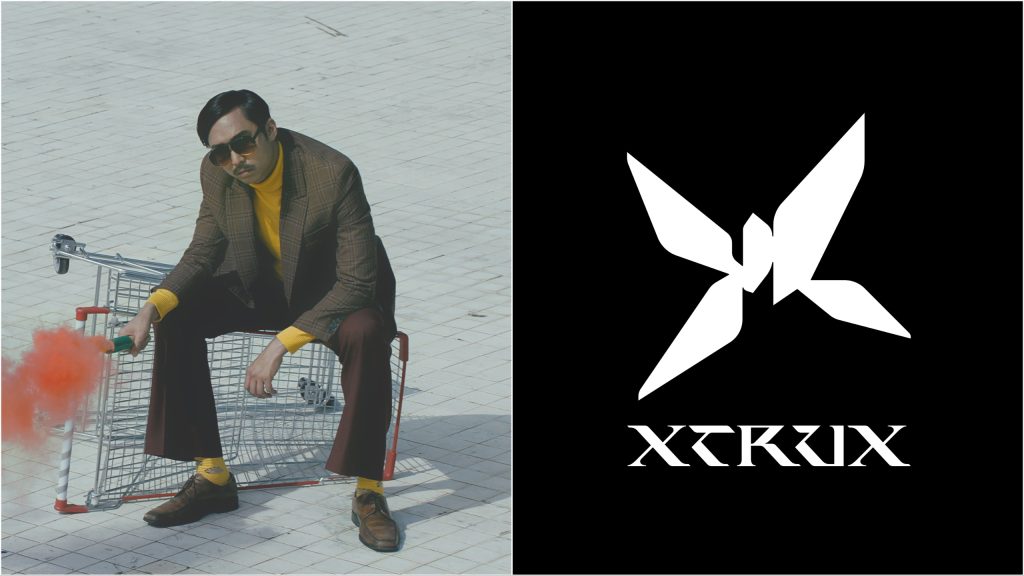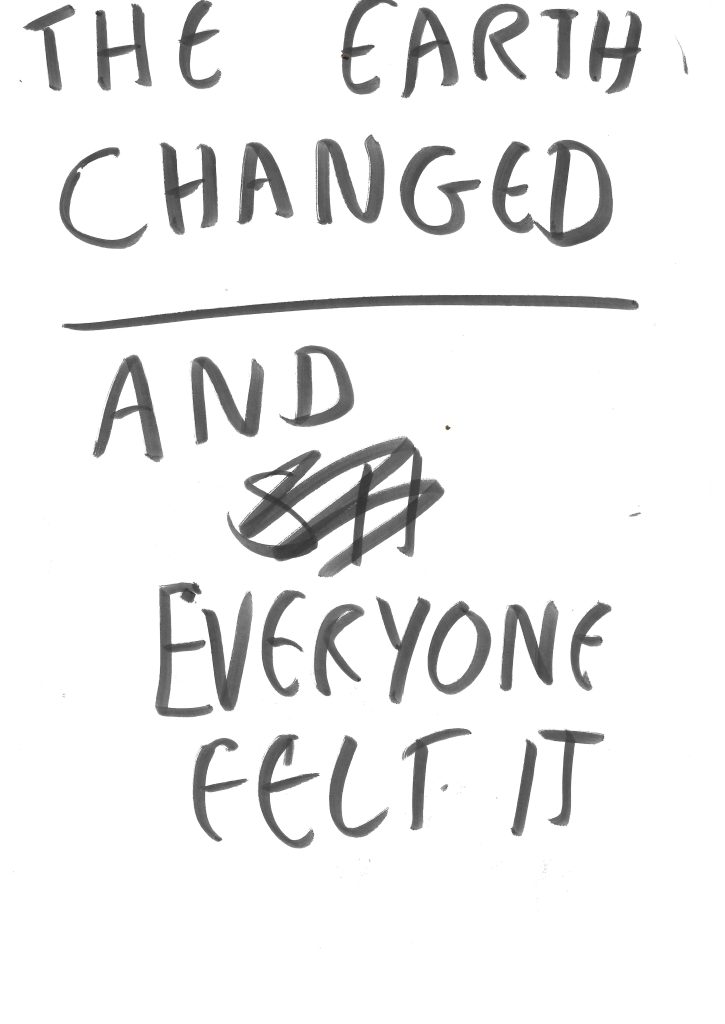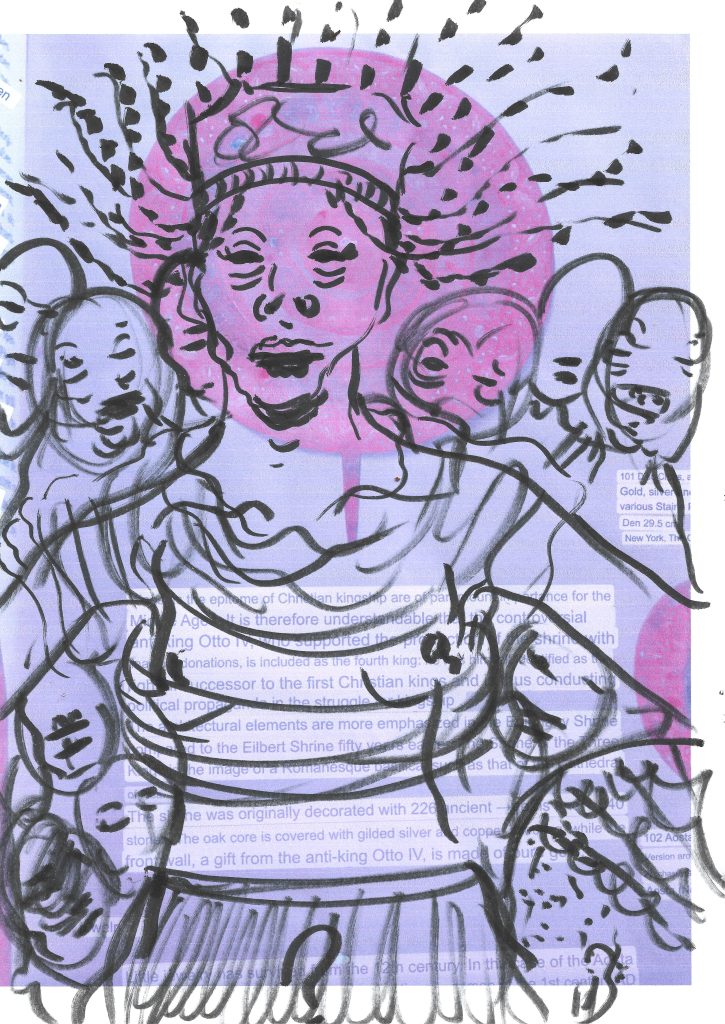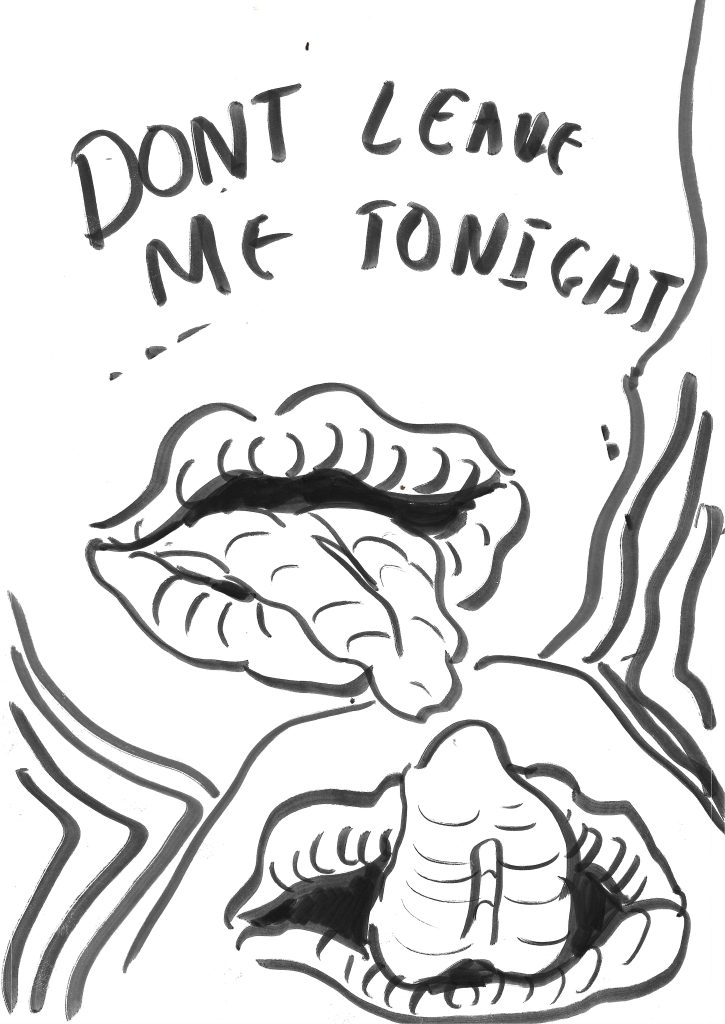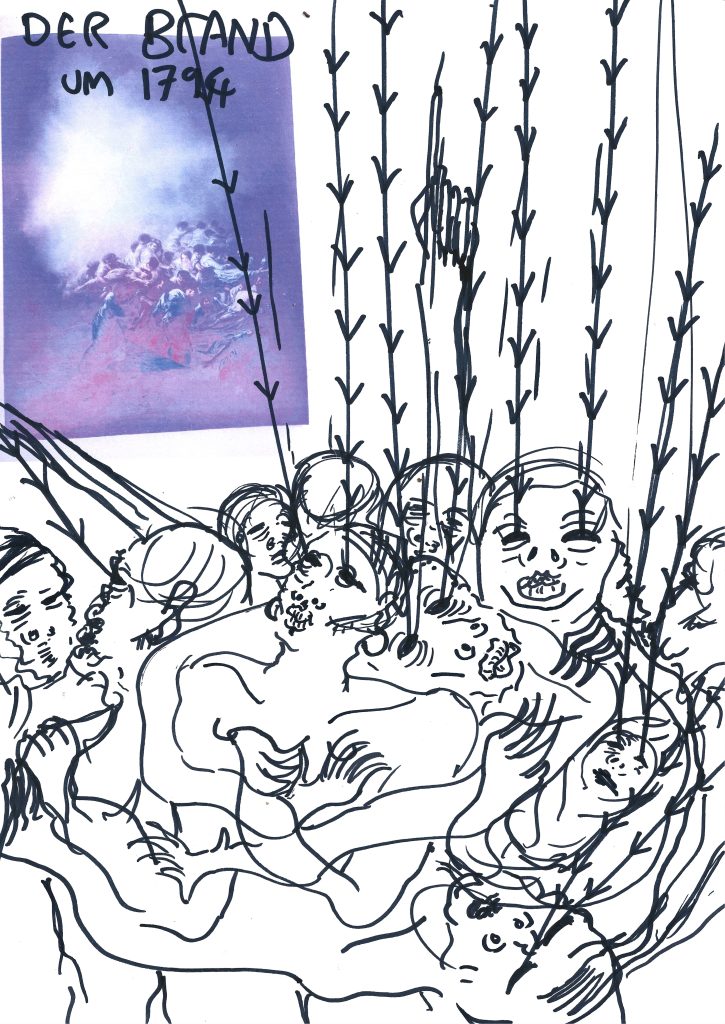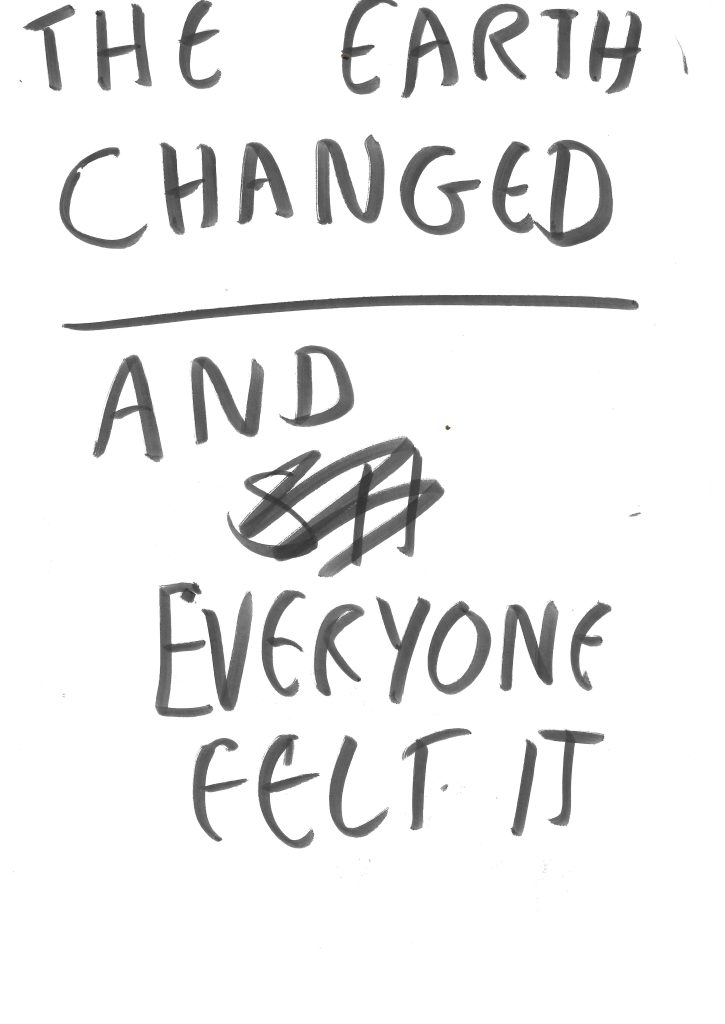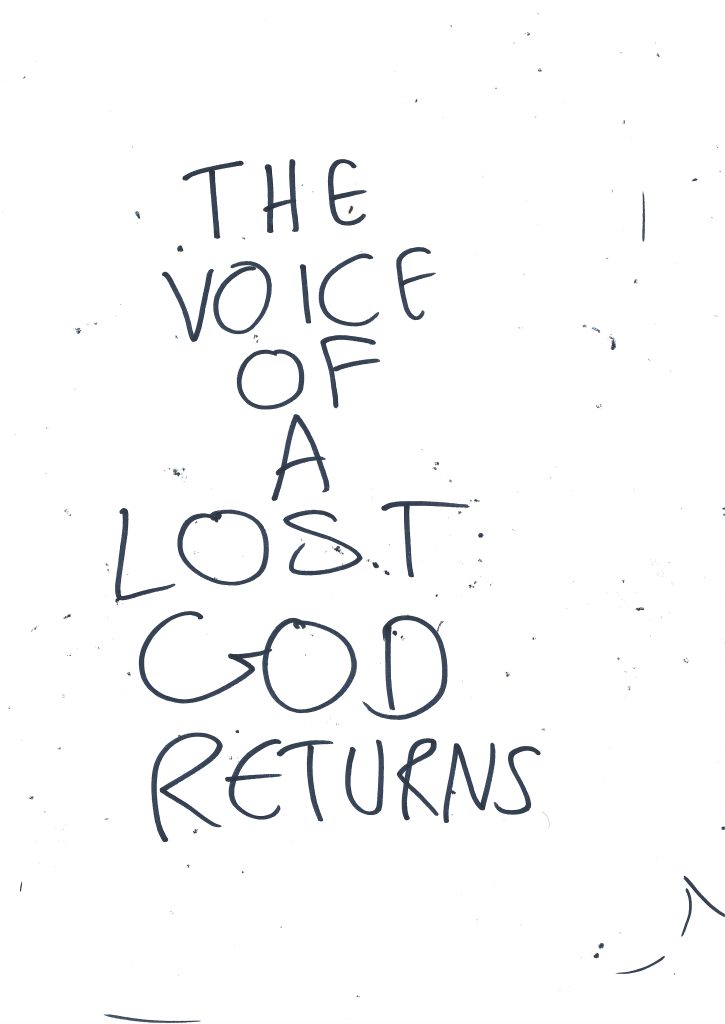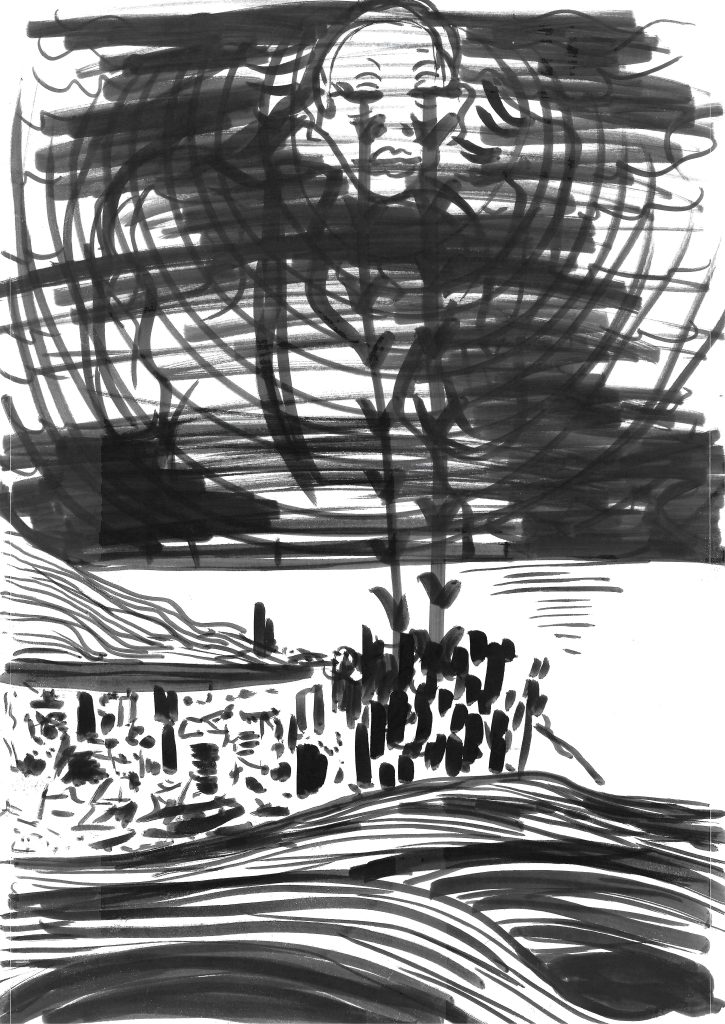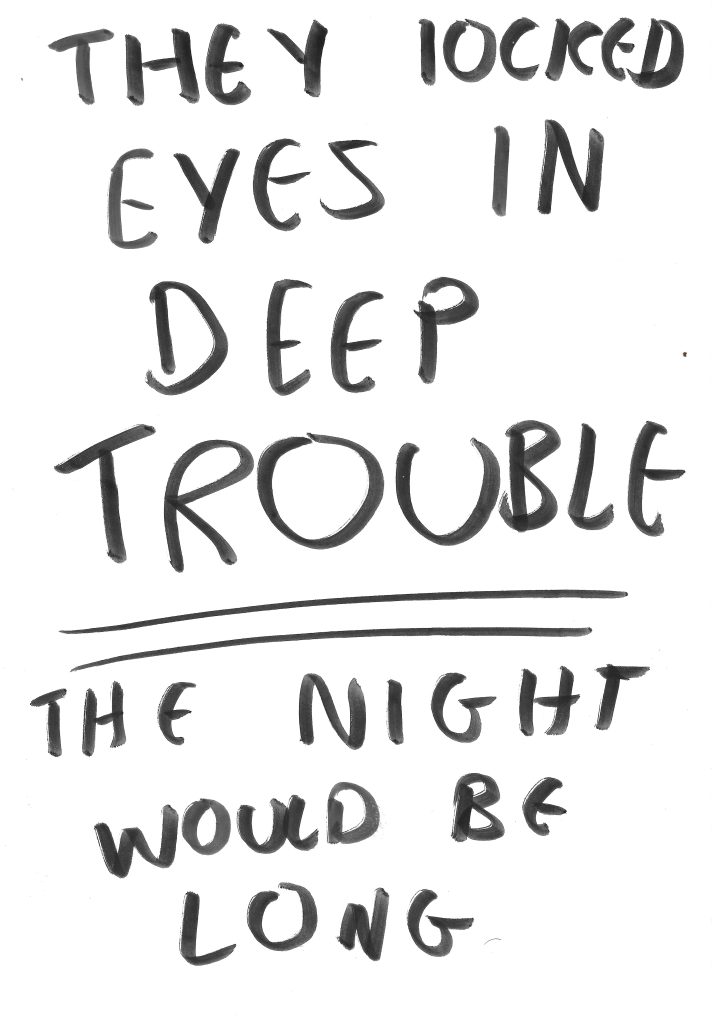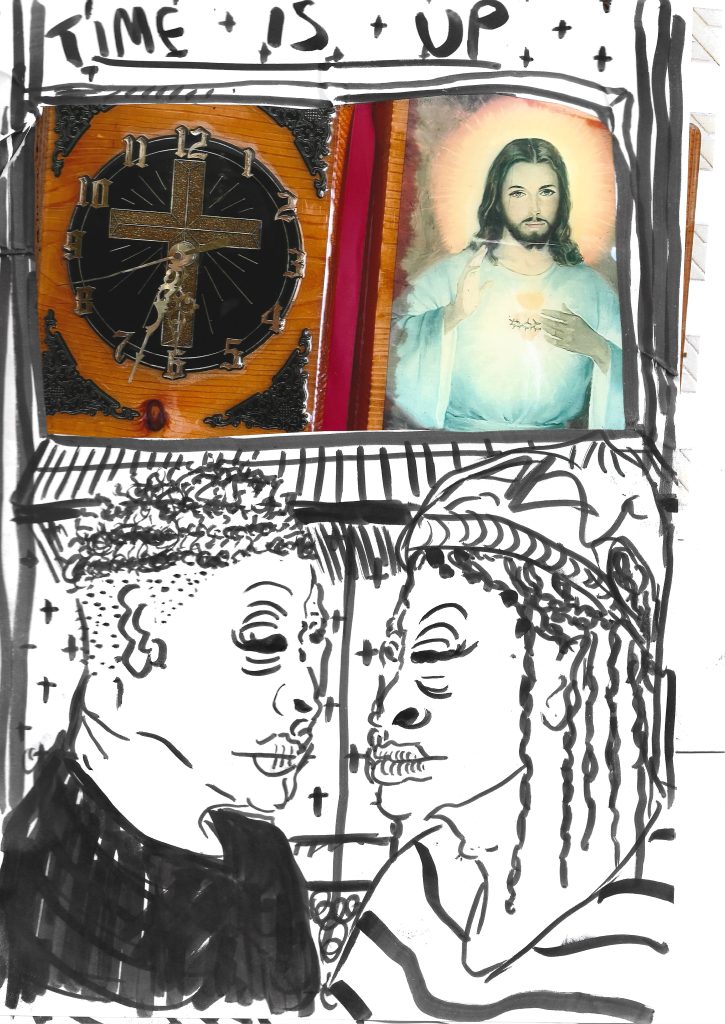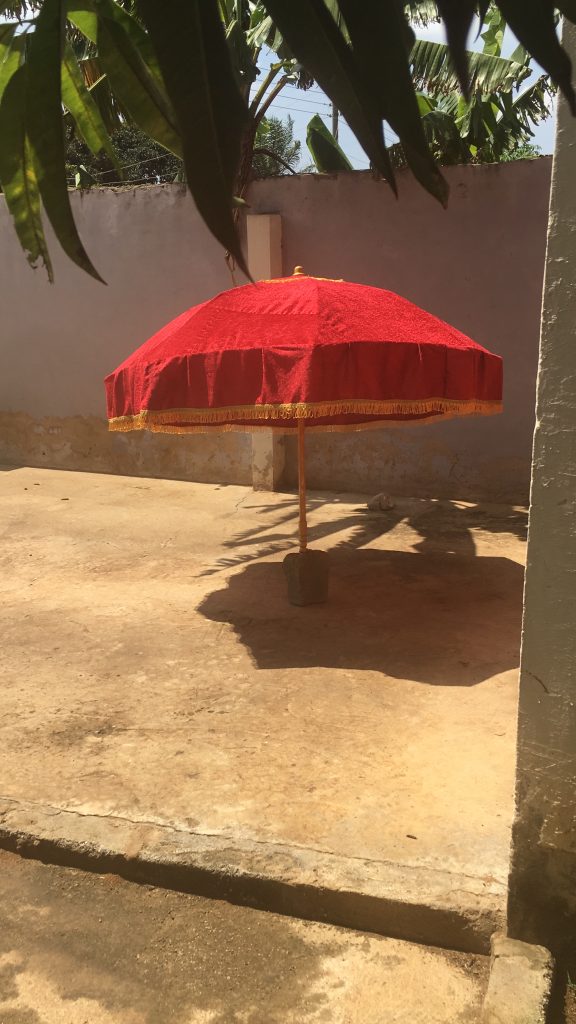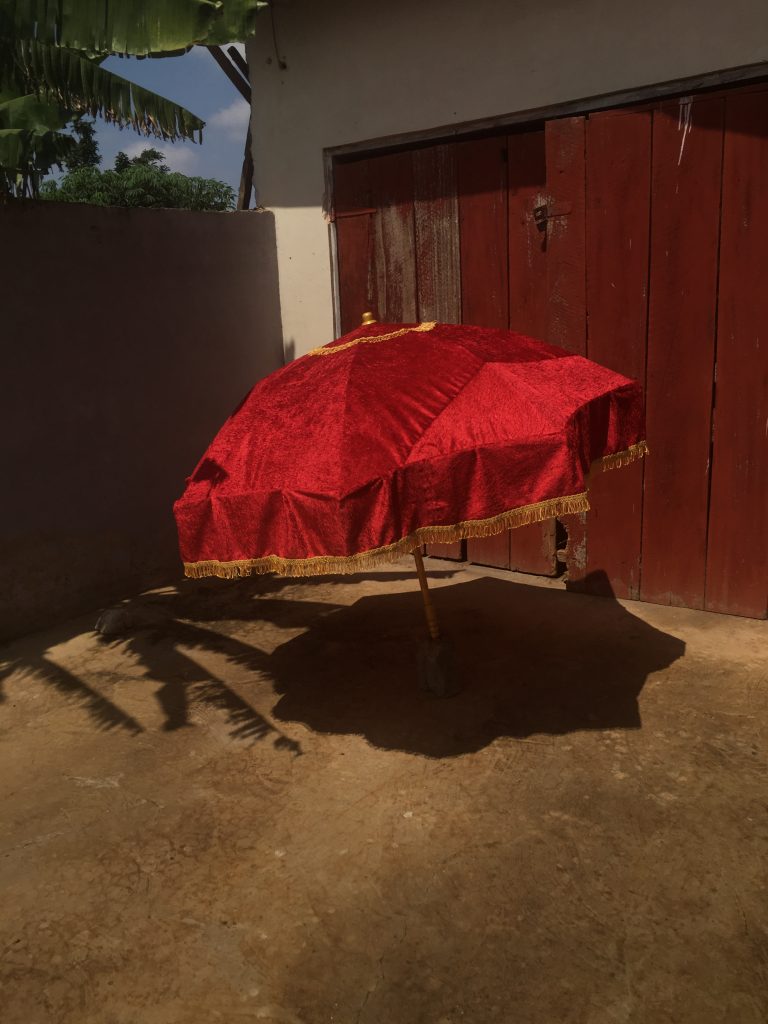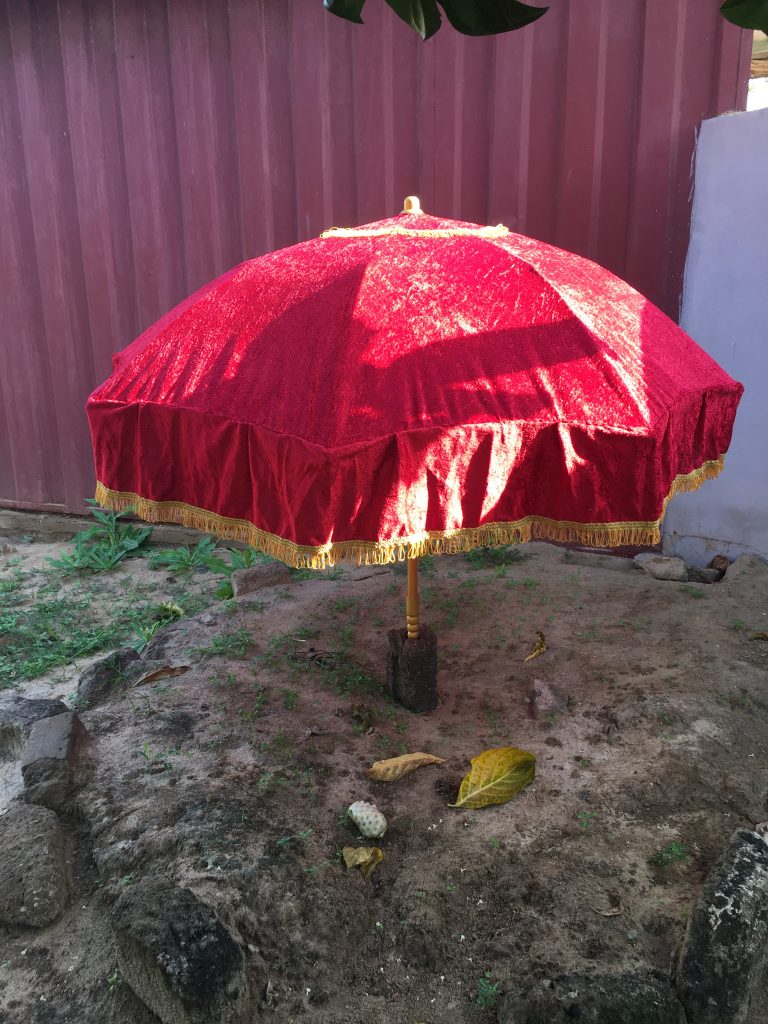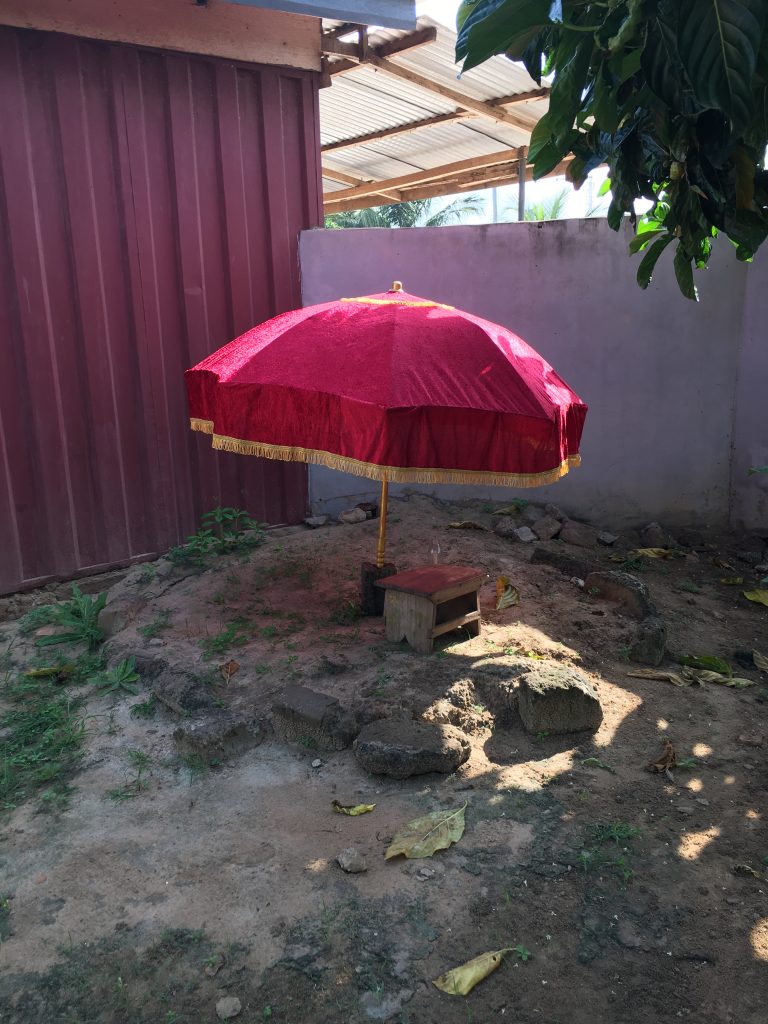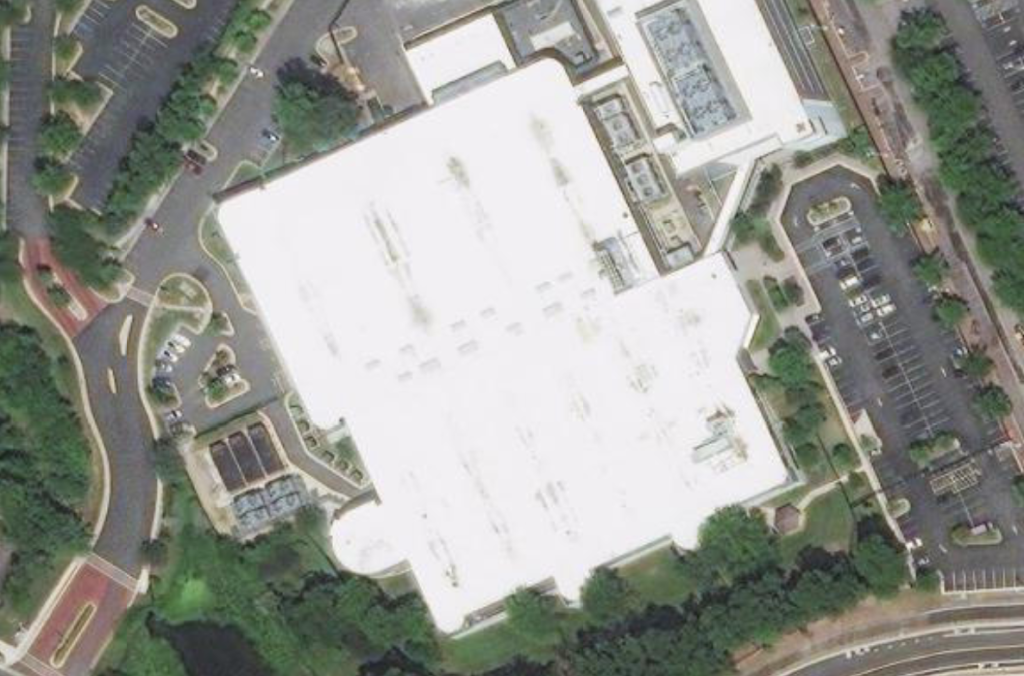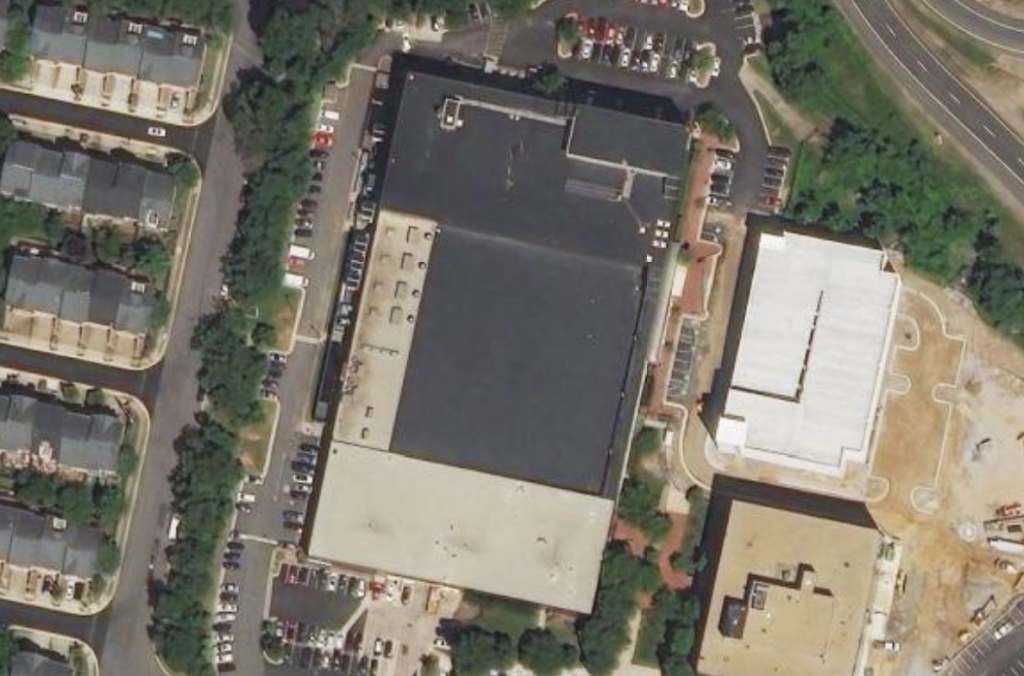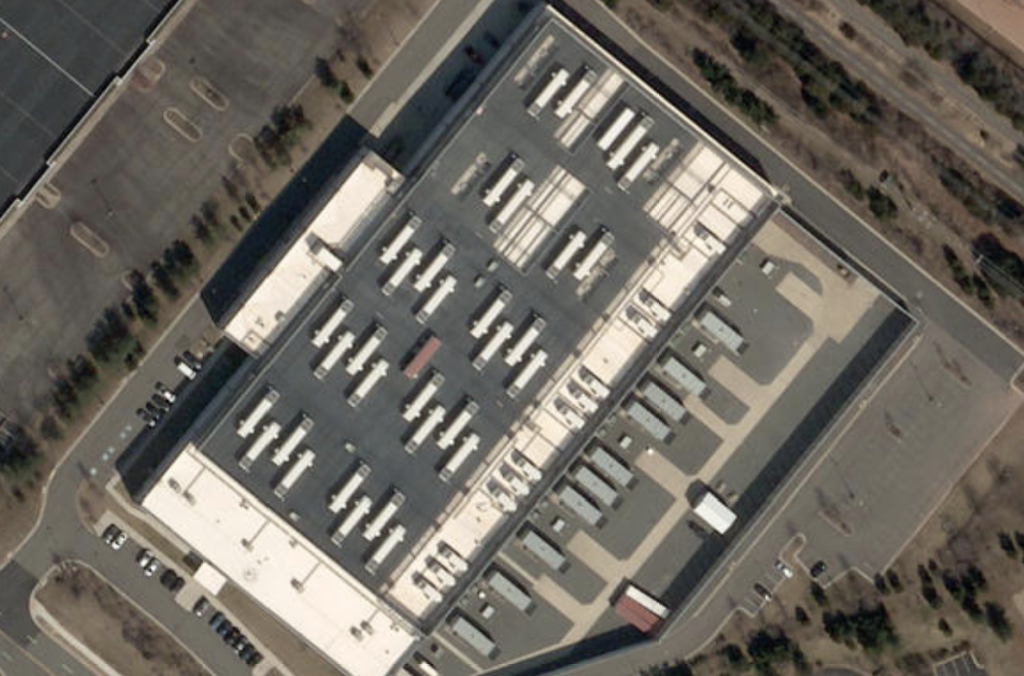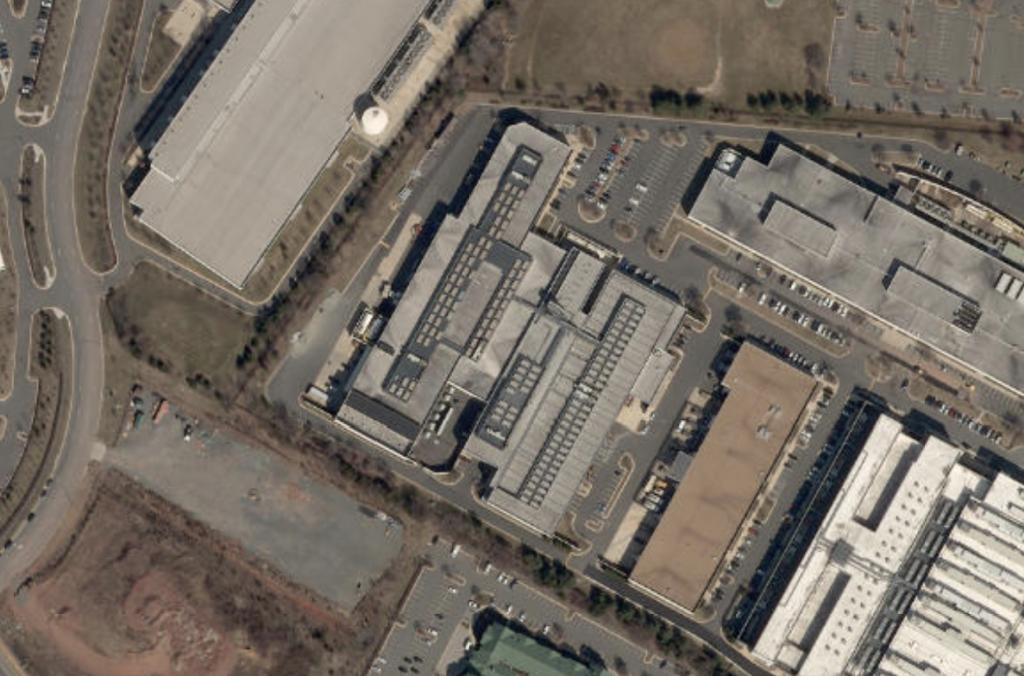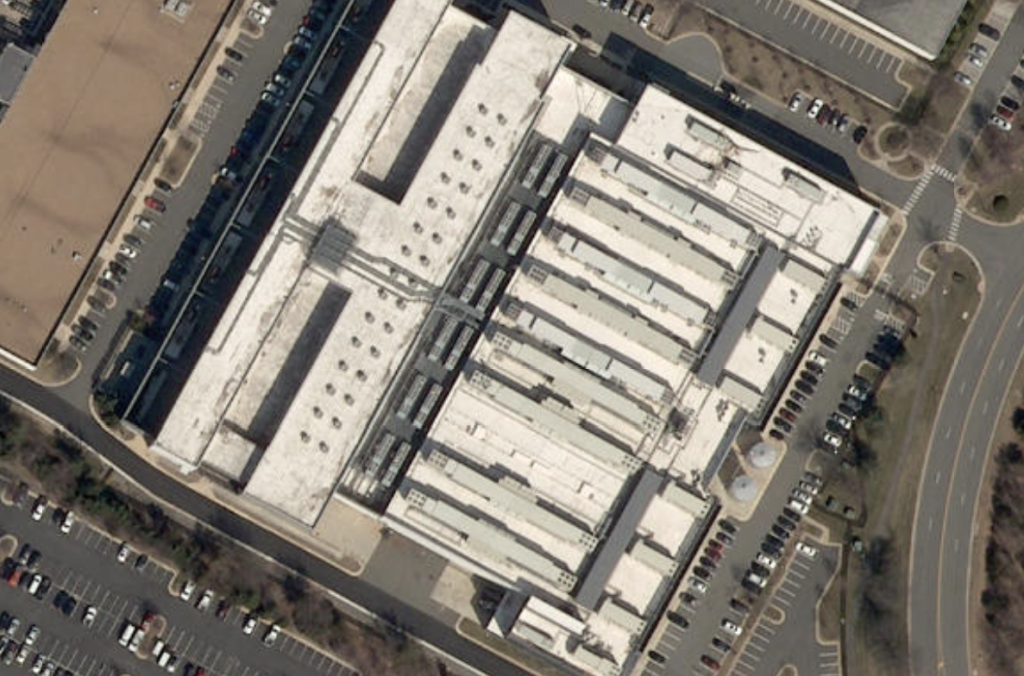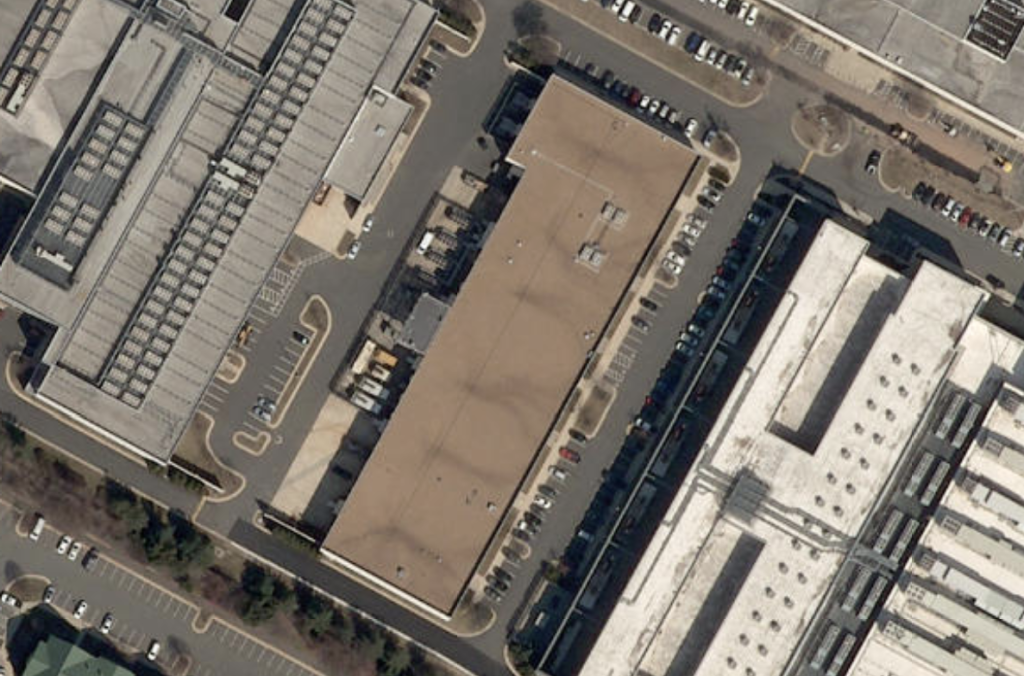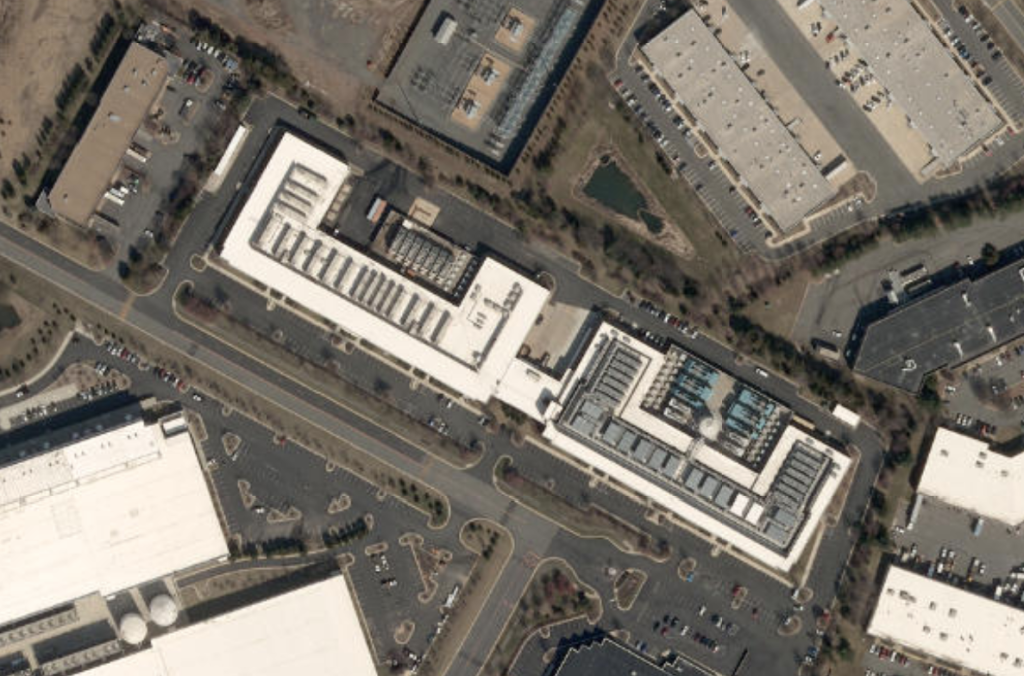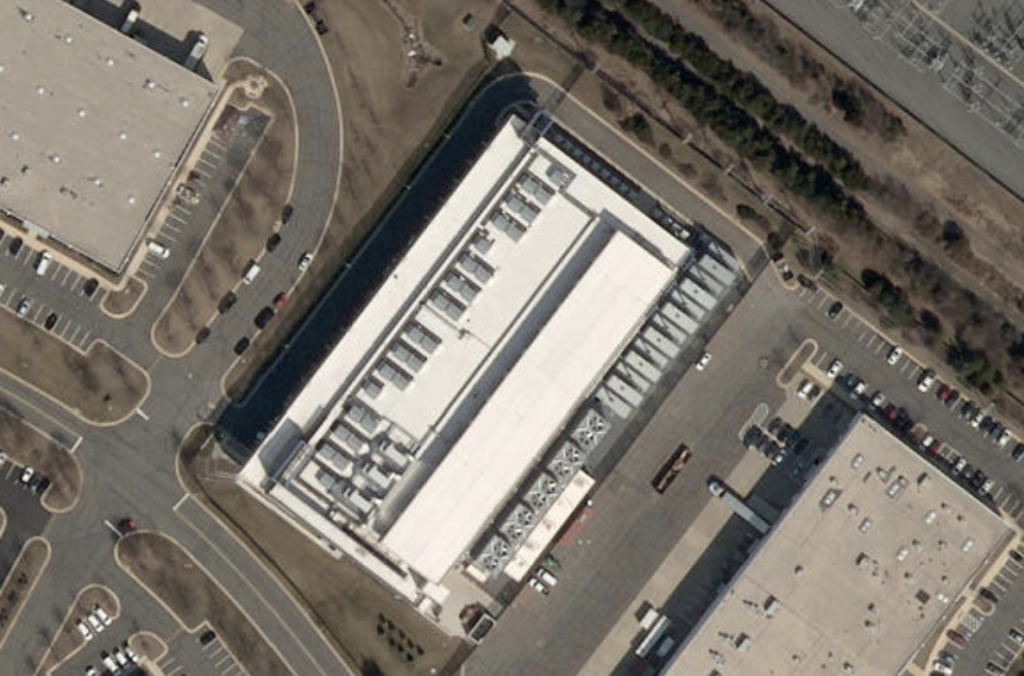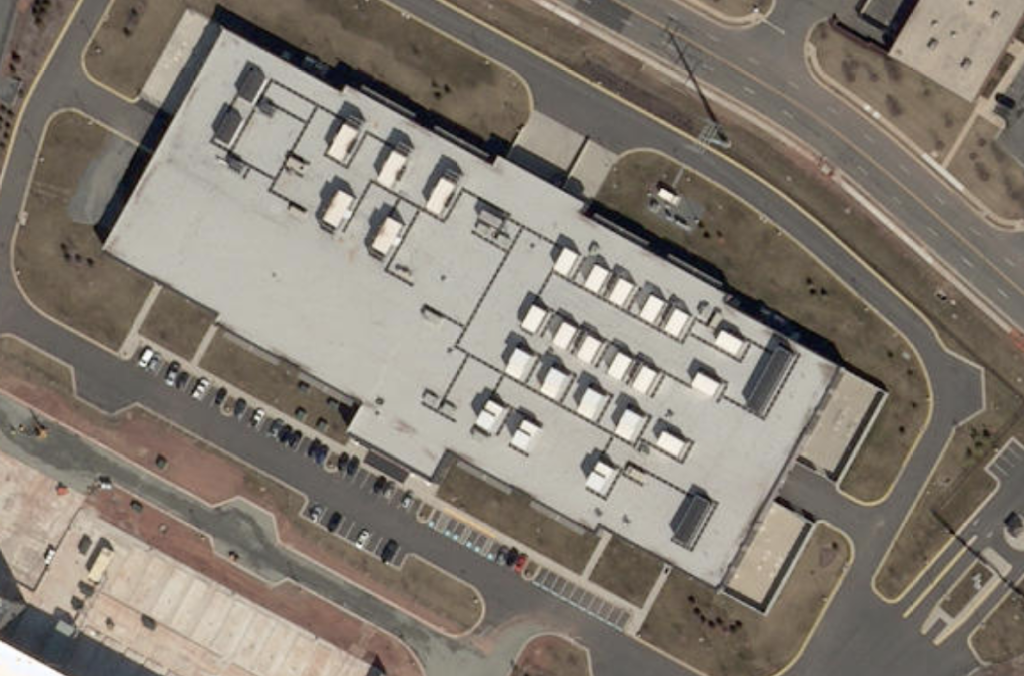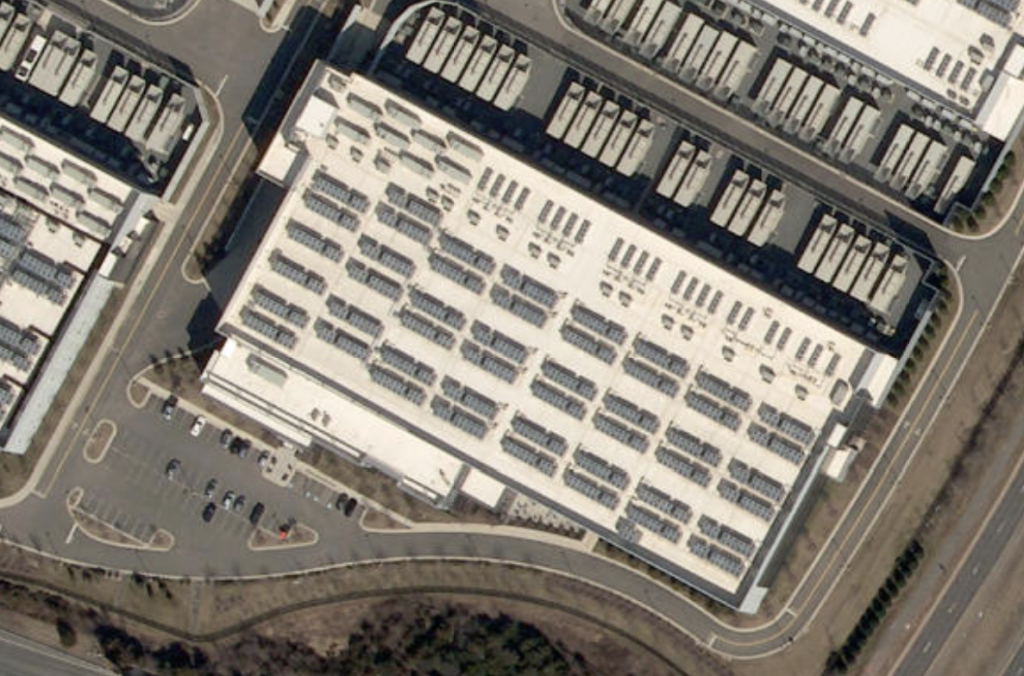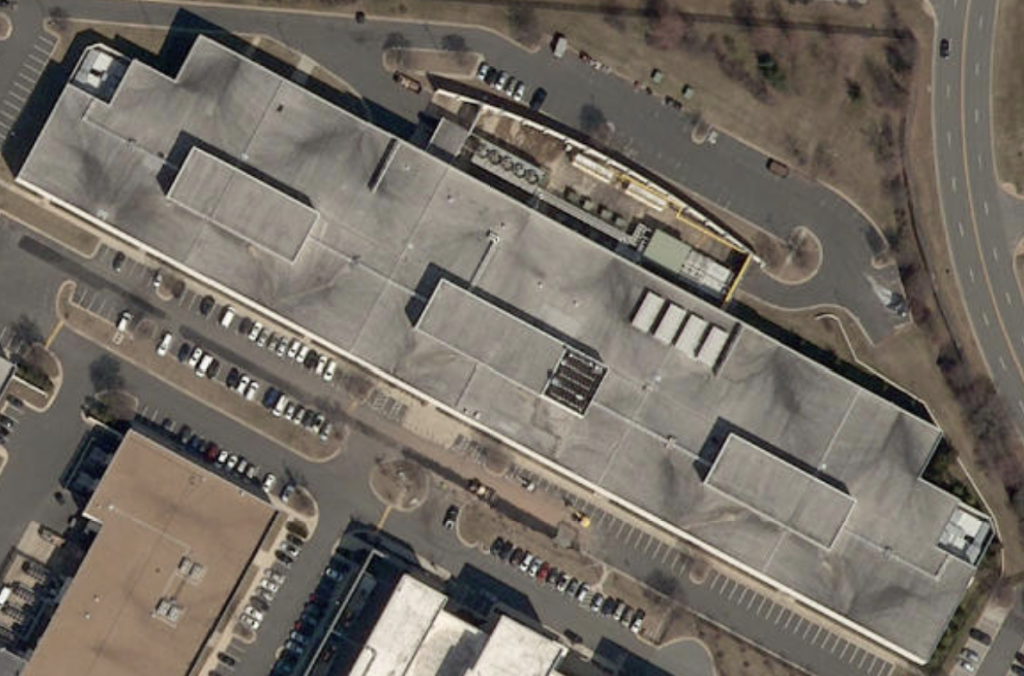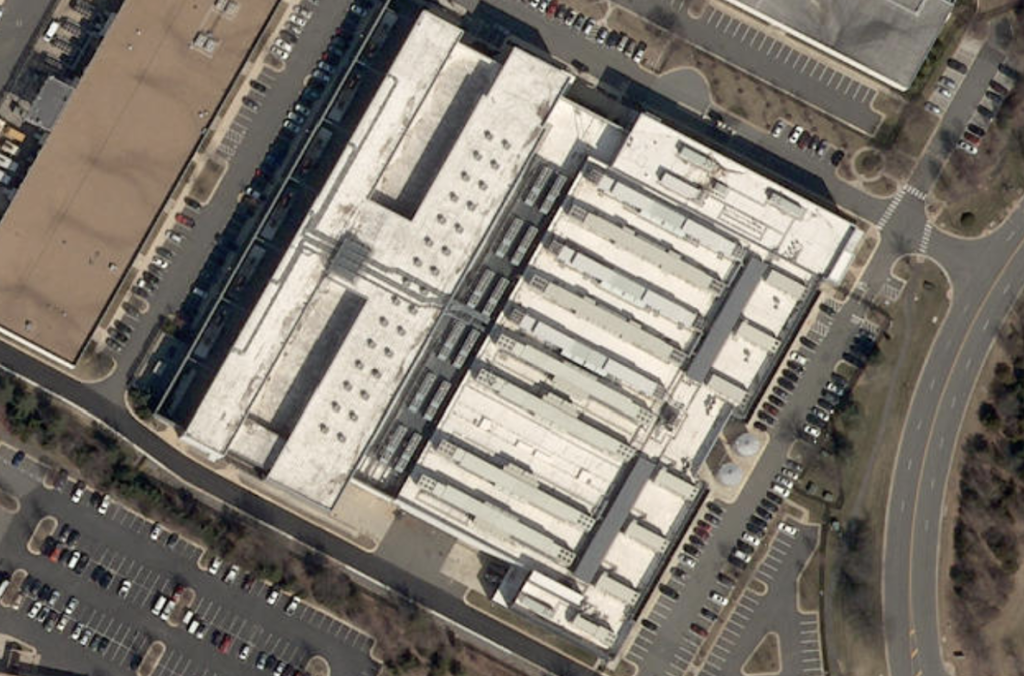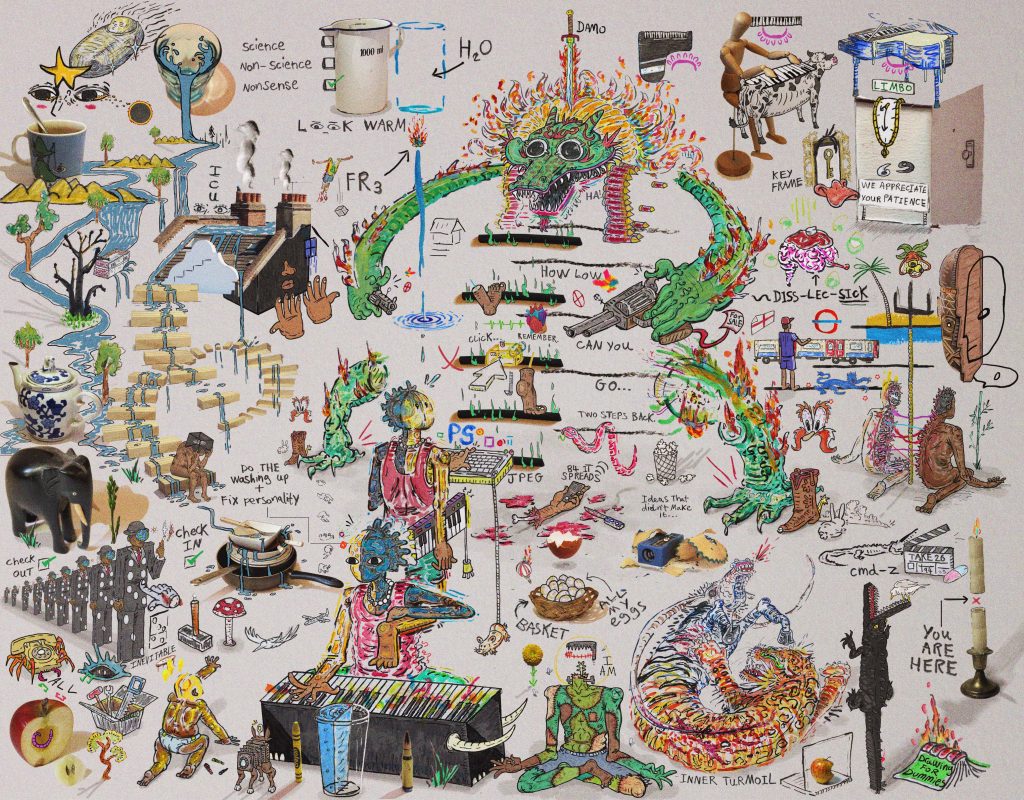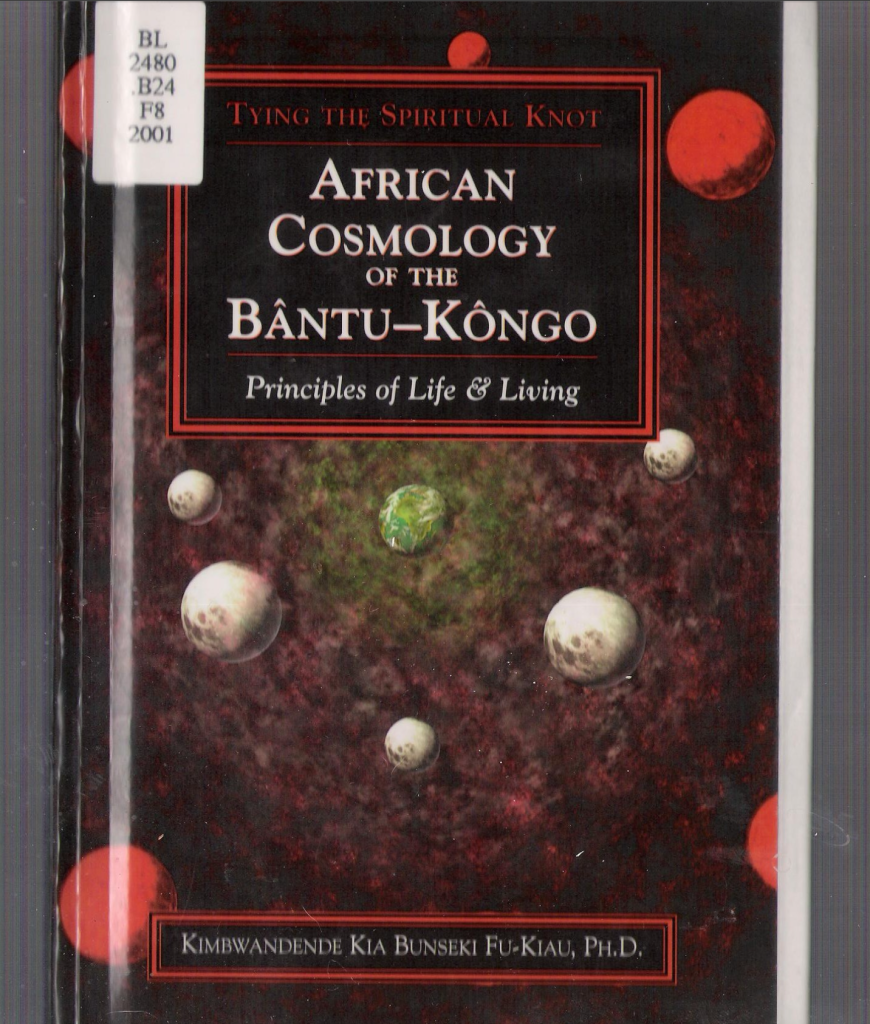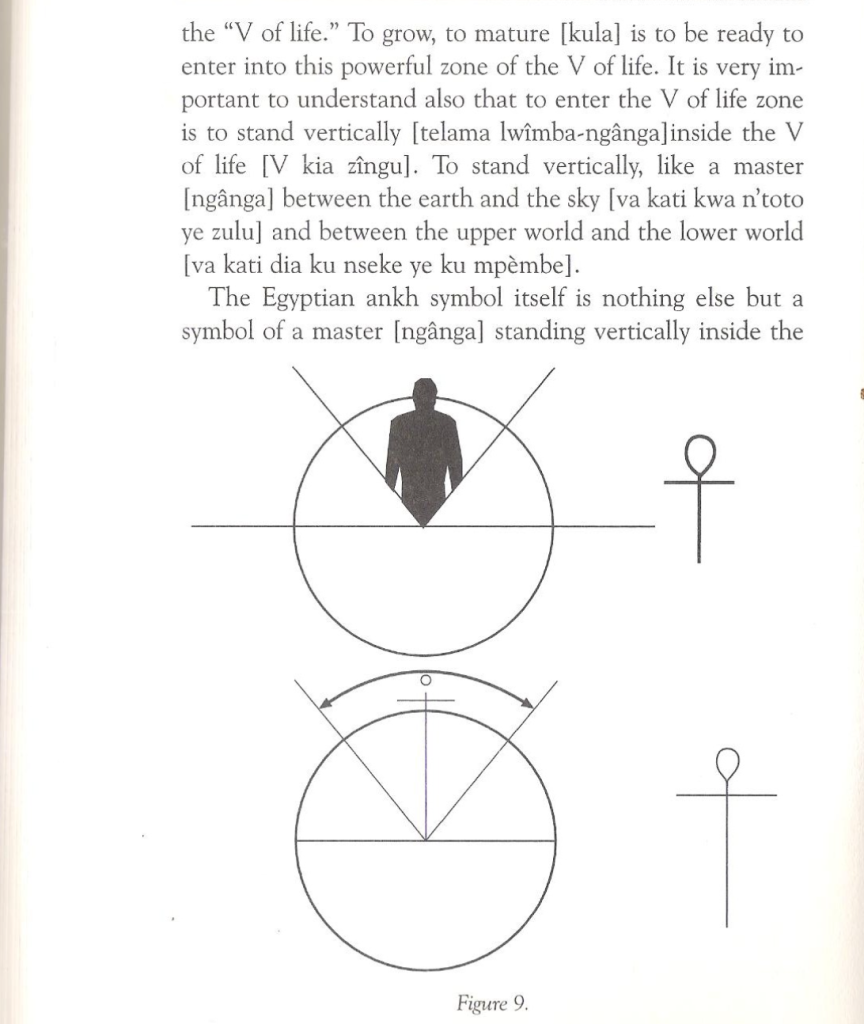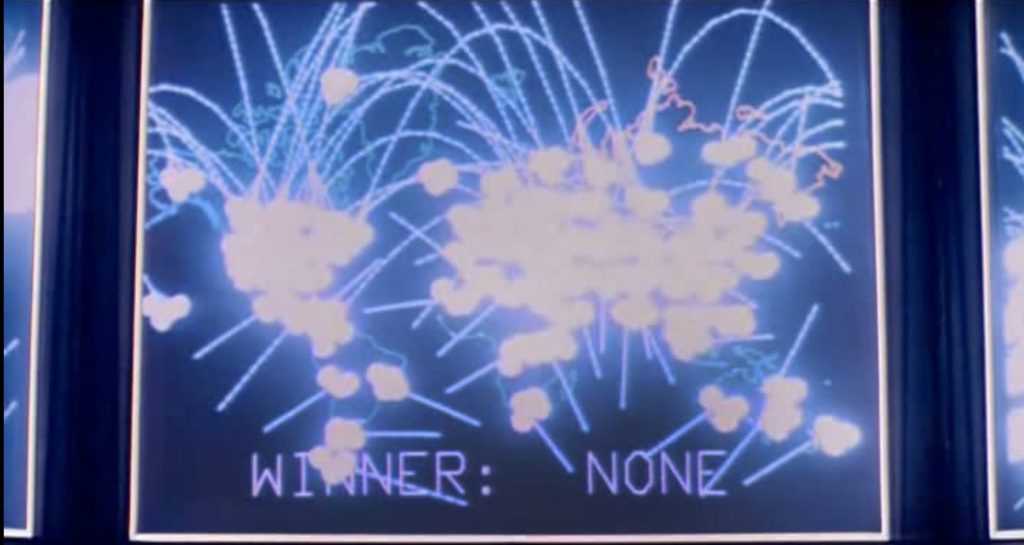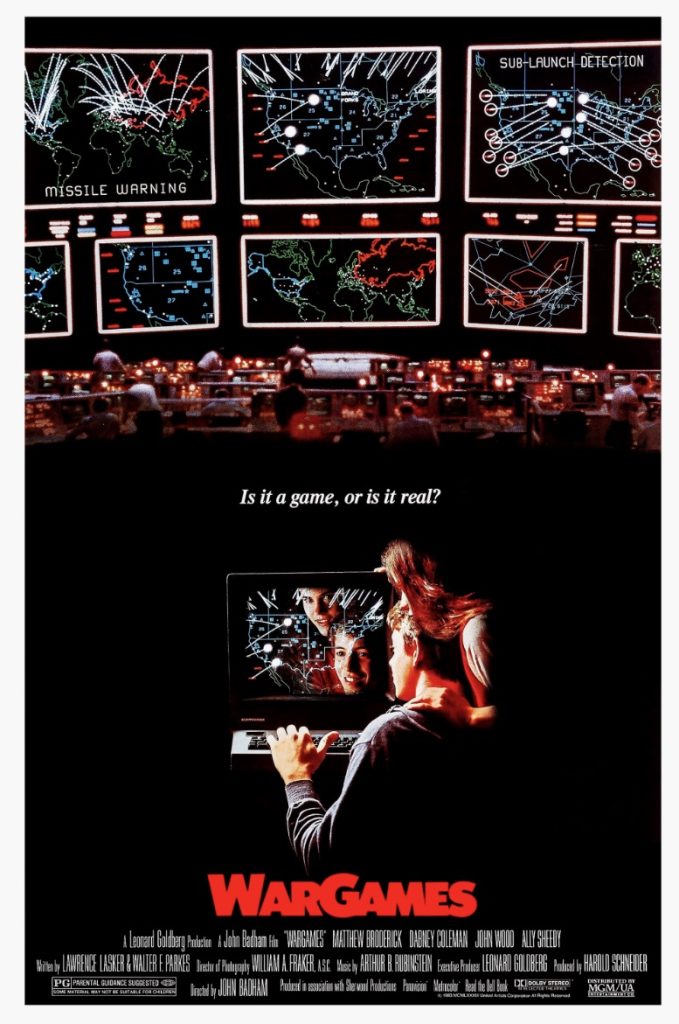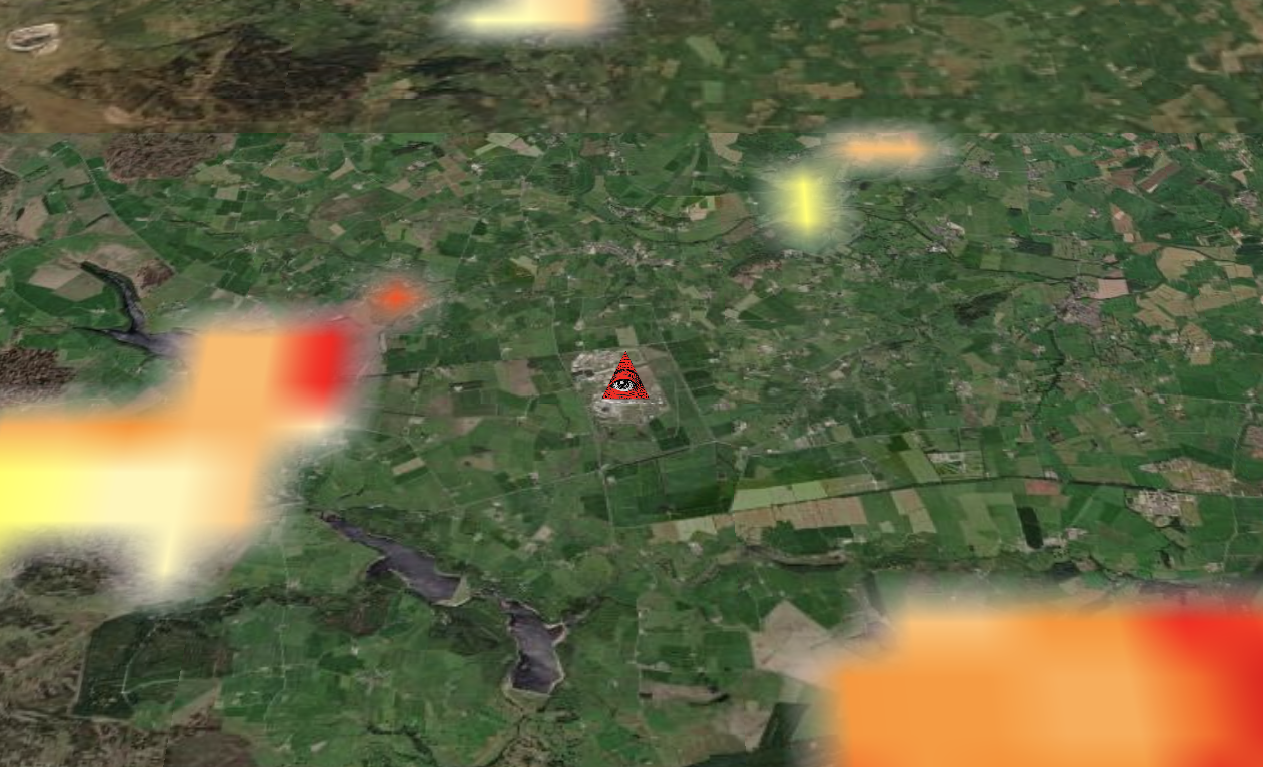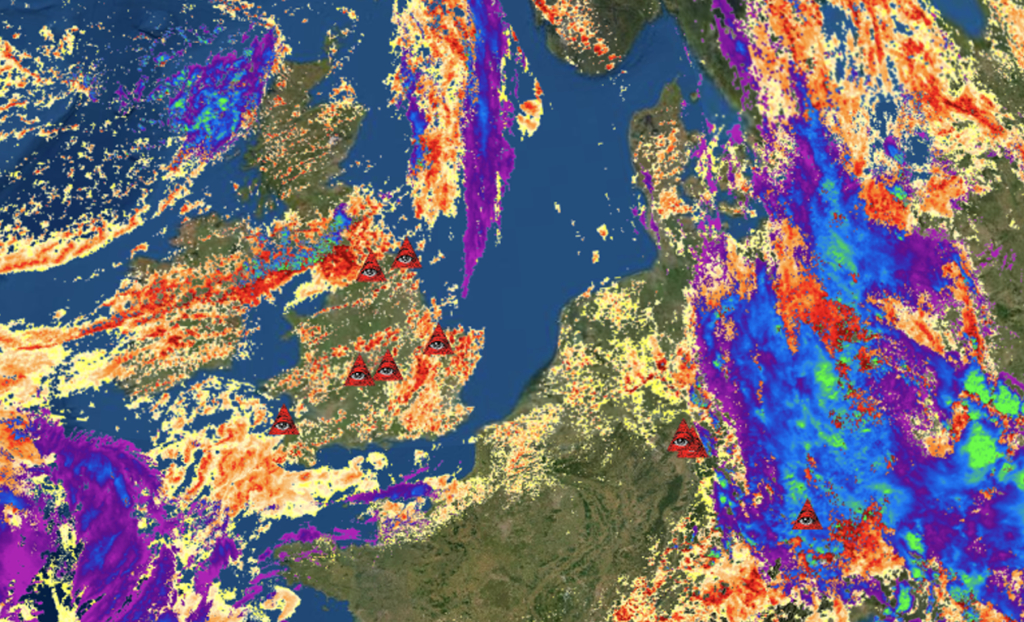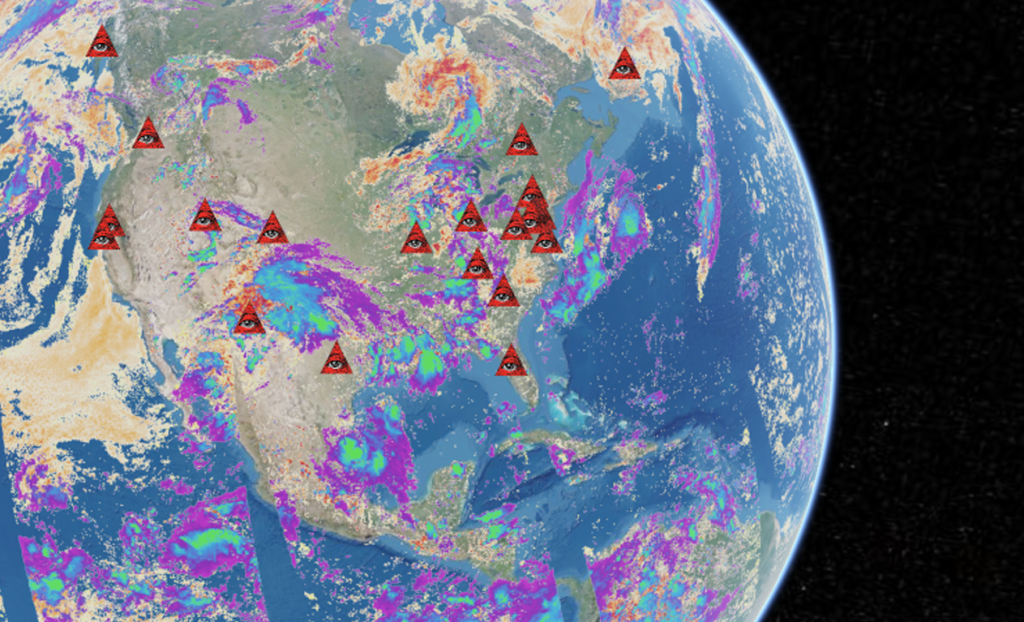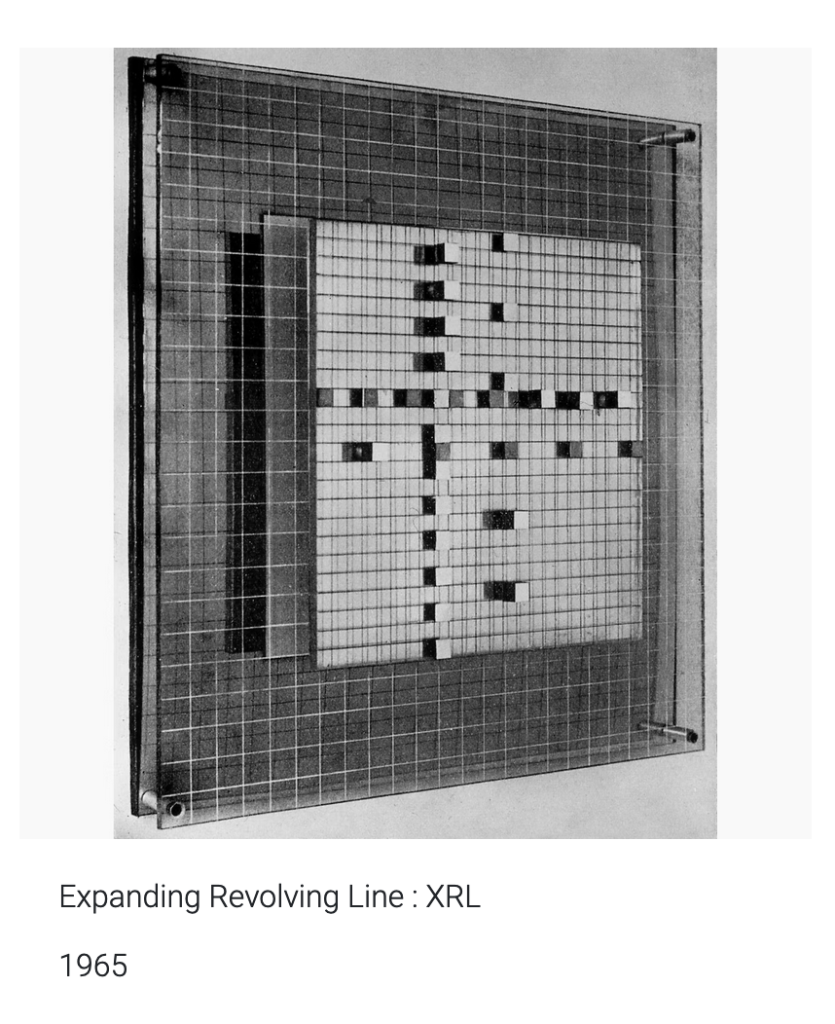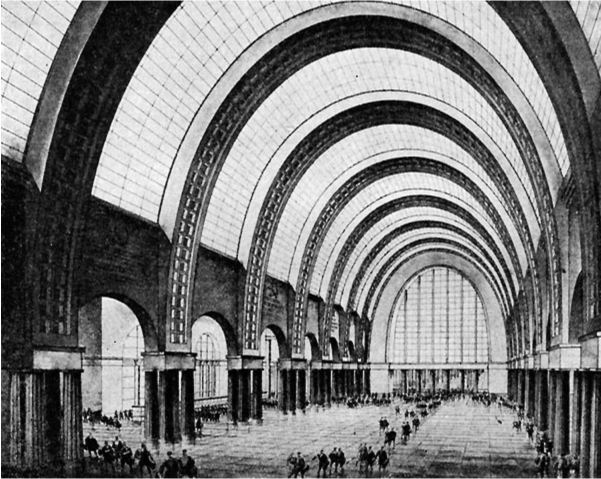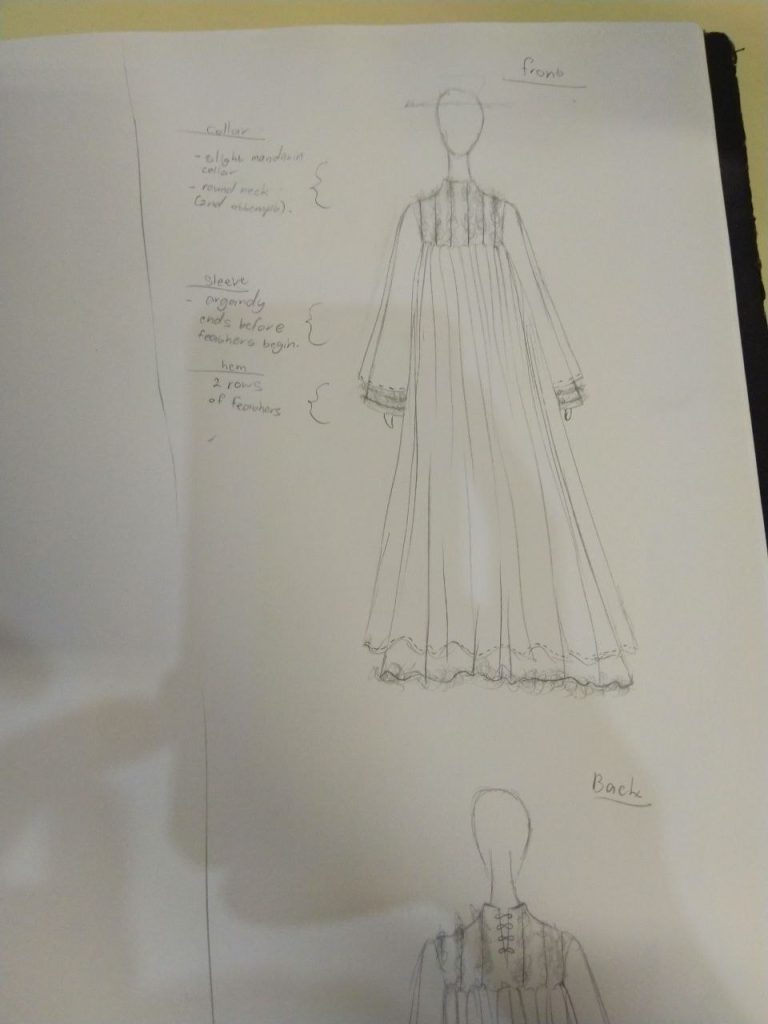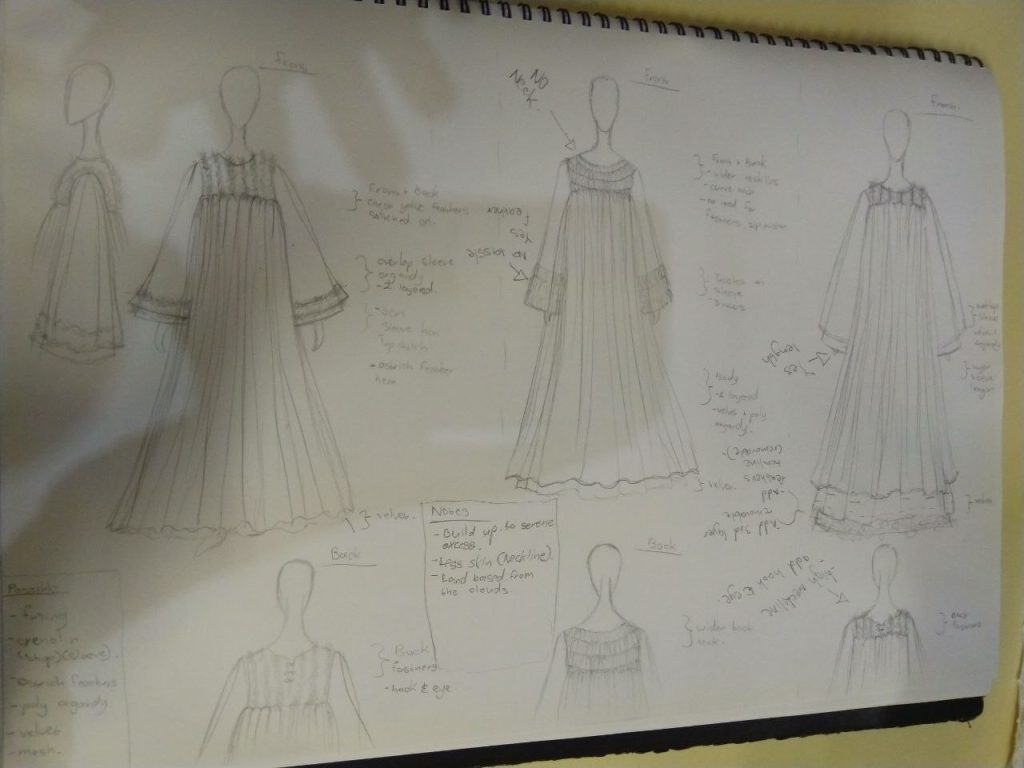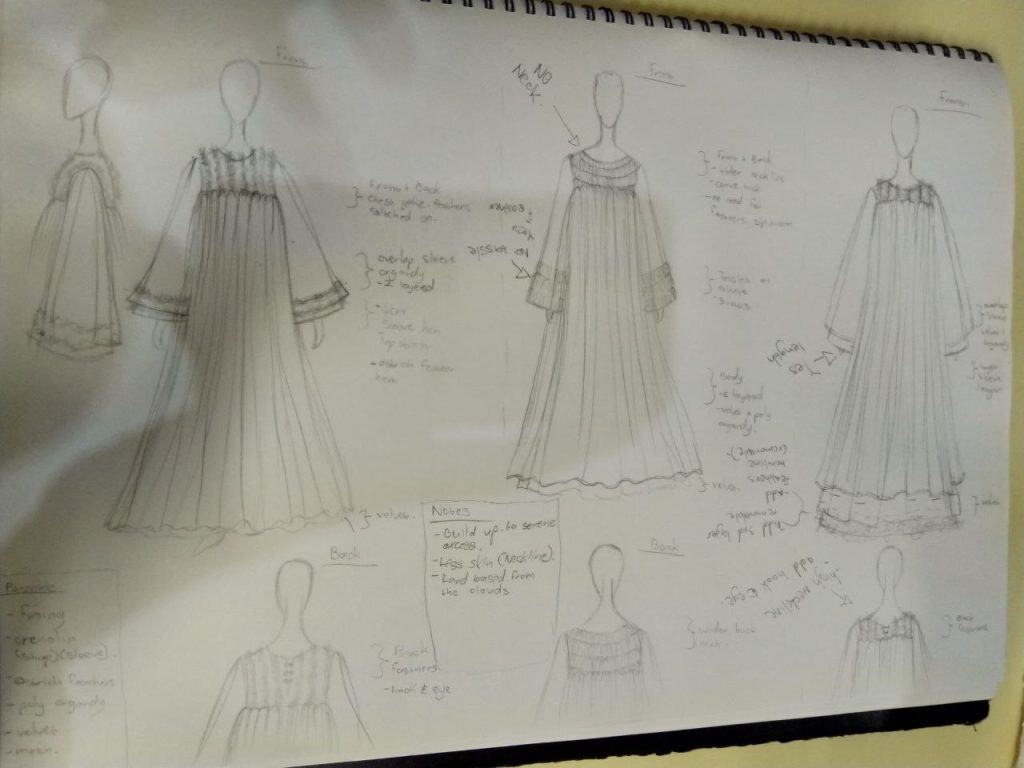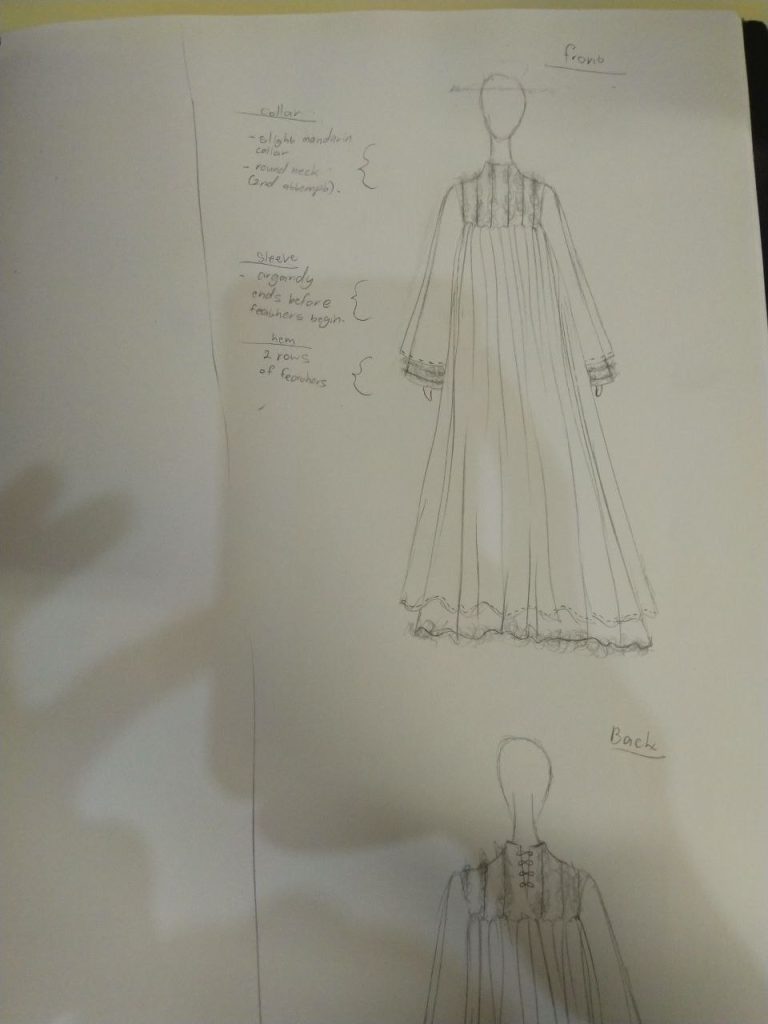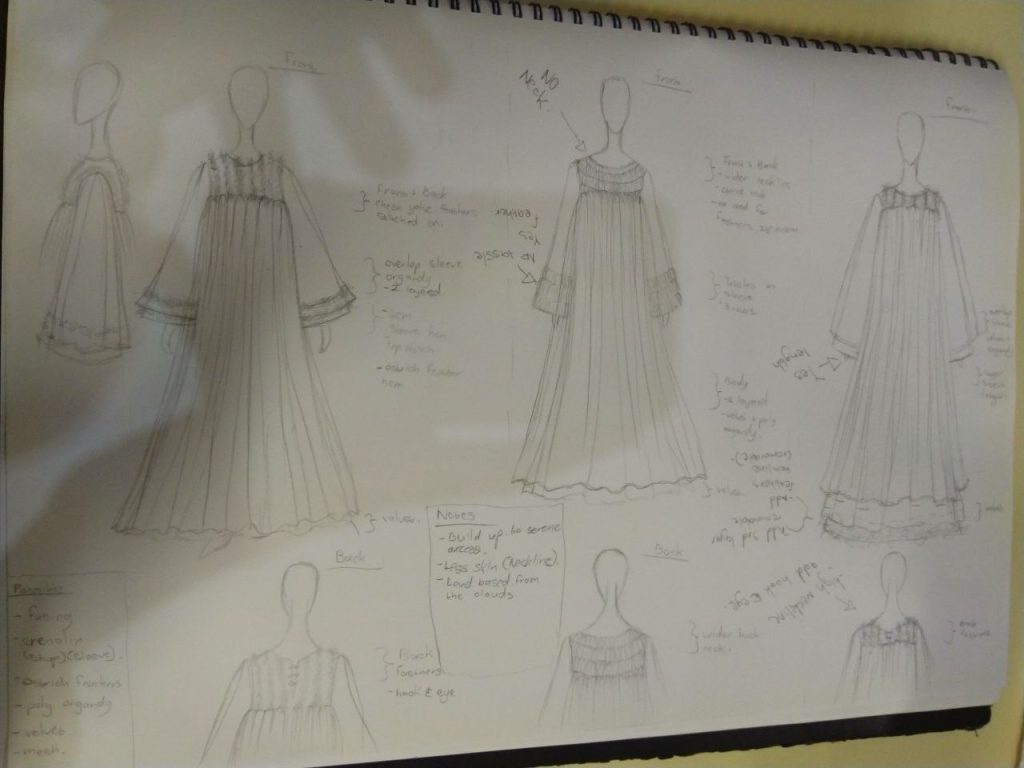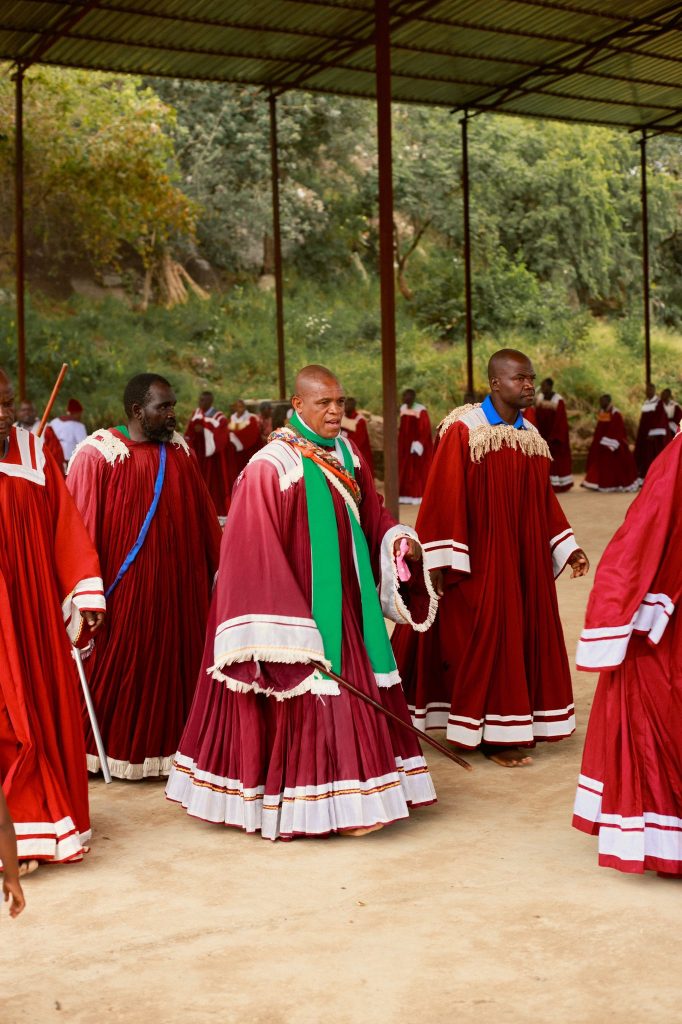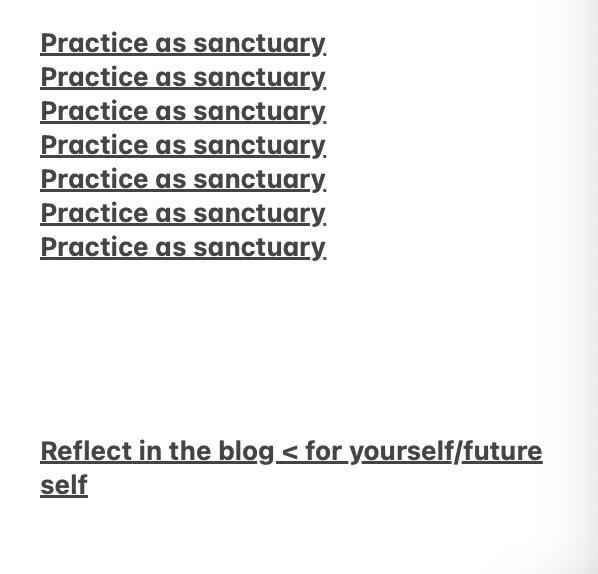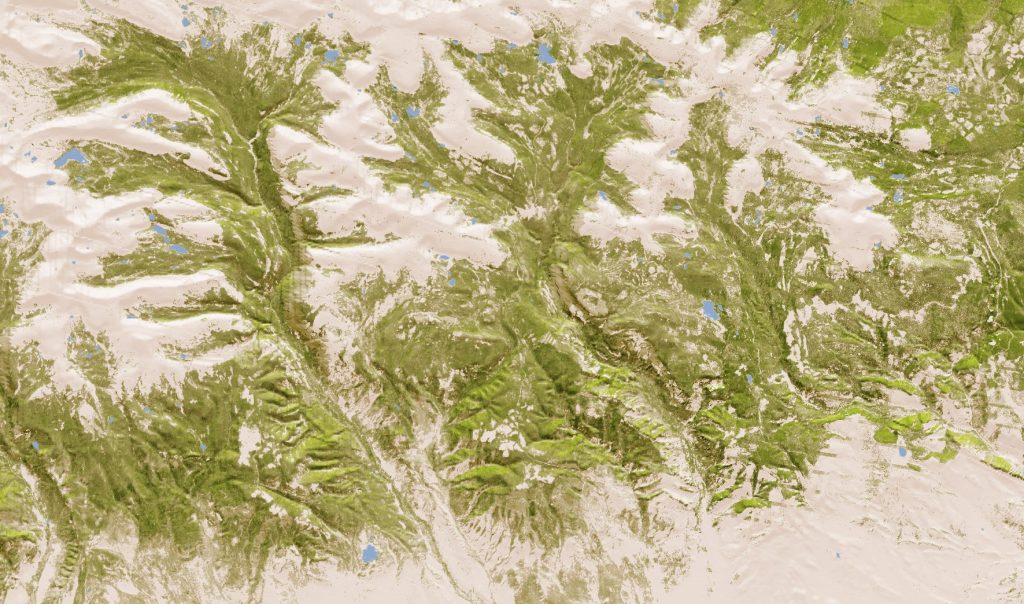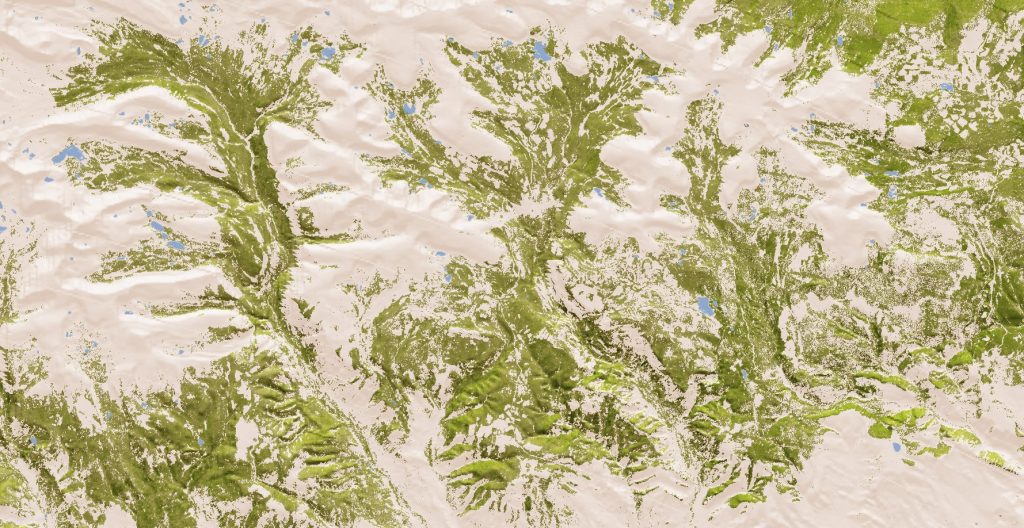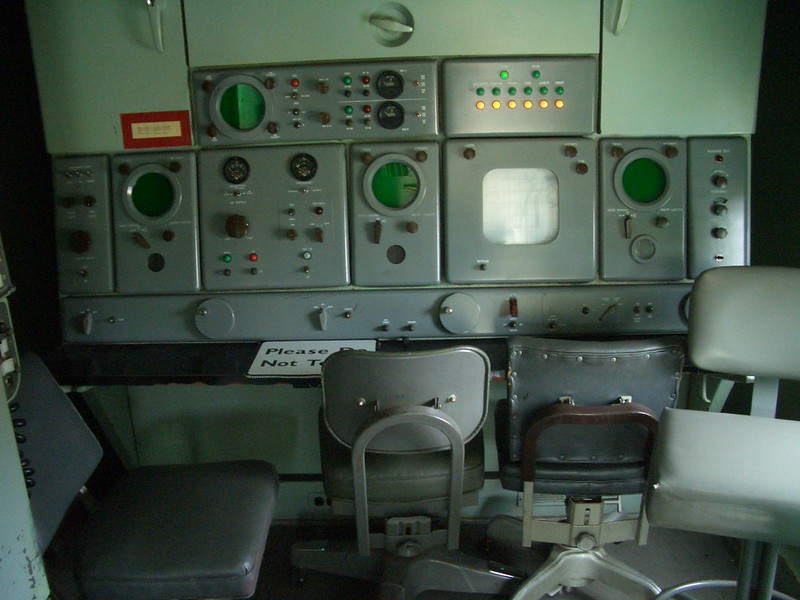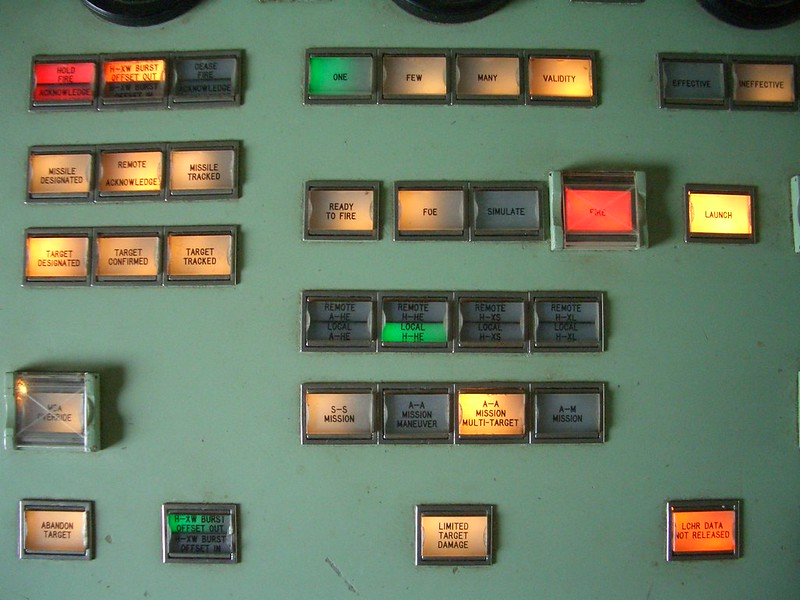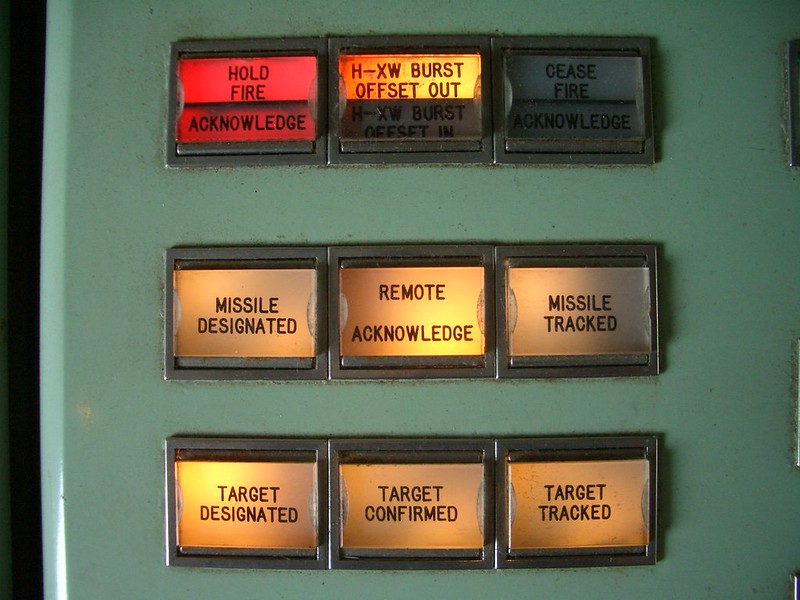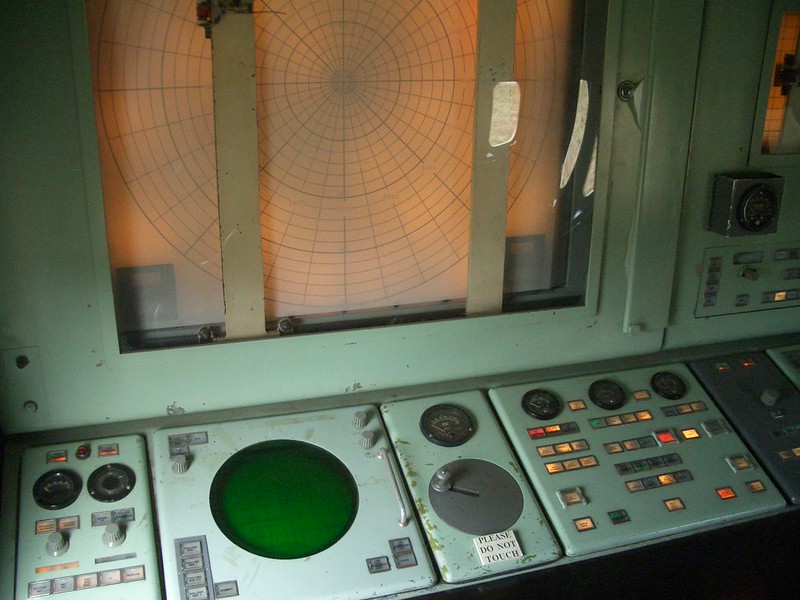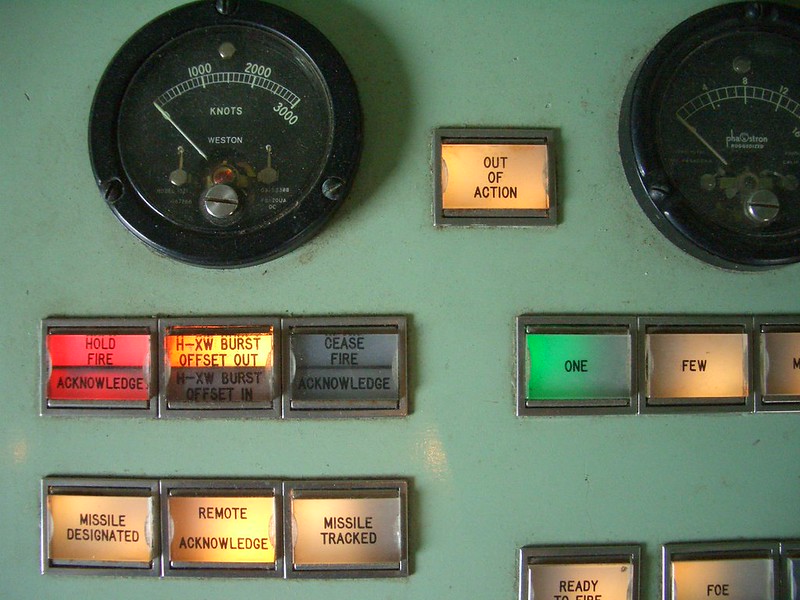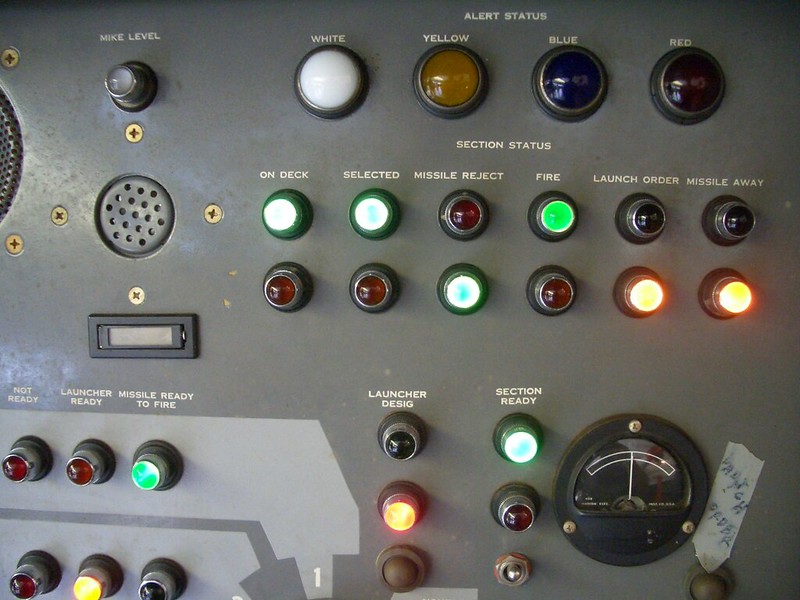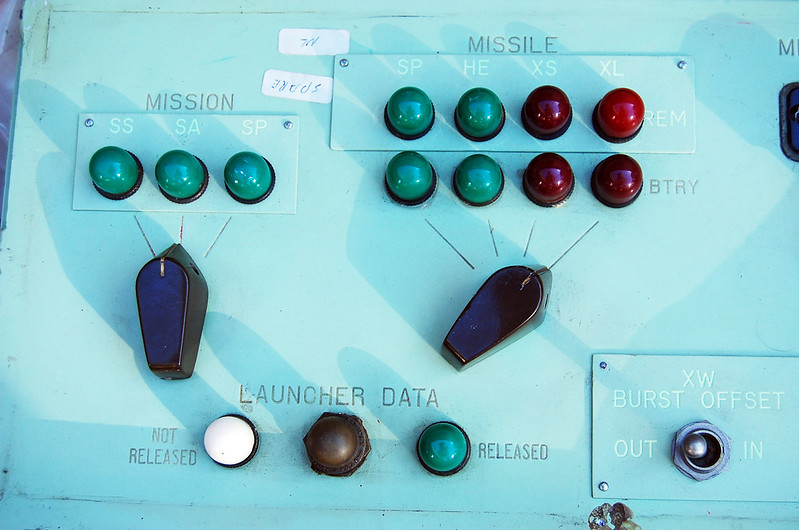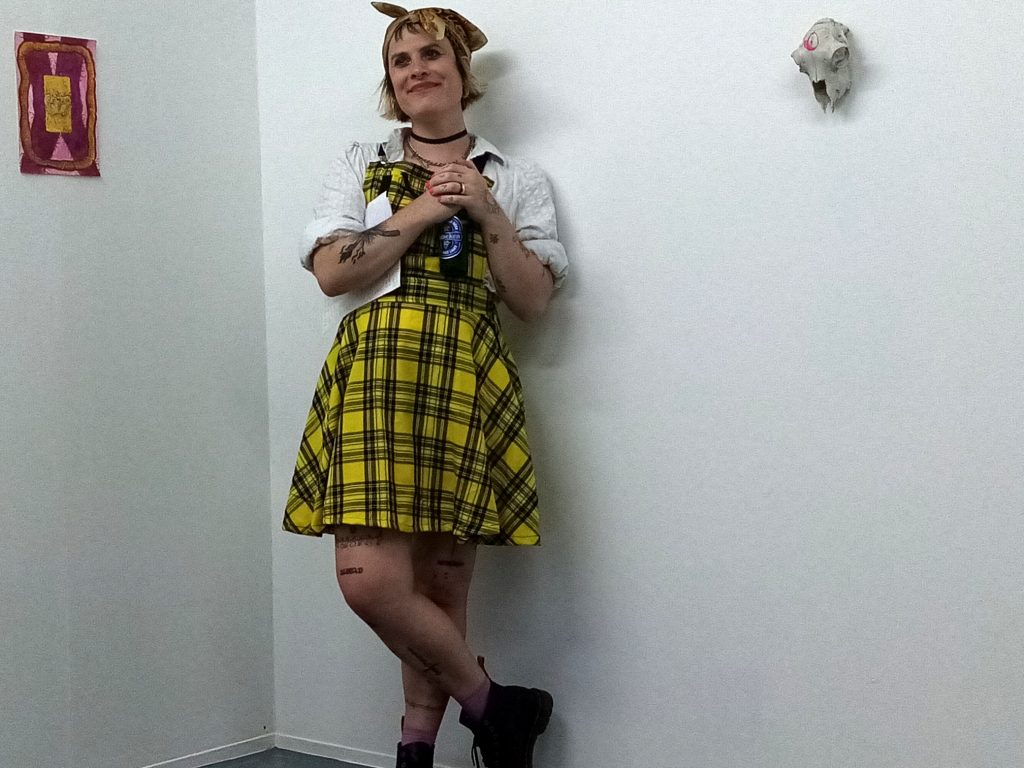
There is a trinity of subjects I’m currently obsessed with: toilets, boglands, and crossroads. I’m fascinated by toilets and sewers and boglands and crossroads as gateways of egress and ingress to Underworlds where The Outcast Dead may dwell. Historically, those deemed criminals were often buried at crossroads and bogs for the same reason; that their souls may forever be lost and not find their way to salvation. As a trans girl and a witch, I’m in love with the phrase ‘The Outcast Dead’ (as used by Crossbones Graveyard near London Bridge, an unconsecrated Victorian burial site now dedicated to The Outcast Dead).
My work is driven by the politics of the eulogy: who gets to be grieved, how that grieving is allowed to happen, and what kinds of stories are remembered of the dead.
For this residency I’m going to begin developing a project mapping these gateways to the lands of the Outcast Dead, which I’m collecting under the title, ‘Sewer Sonnets’. I’m interested in sonnets as writing born of love and devotion, and I see devotion as being my main research methodology in this project.
I always try to approach the subjects of grief and the dead with a balance of levity and care, because I truly believe grief to be both a transformative, inherently playful/magickal force and utterly world-destroying at the very same time. That being said, grief can be an intense and raw subject, particularly for those of us who have lost someone close to us, so please take care here. I’m always up for talking about this stuff though, so feel free to comment here.
